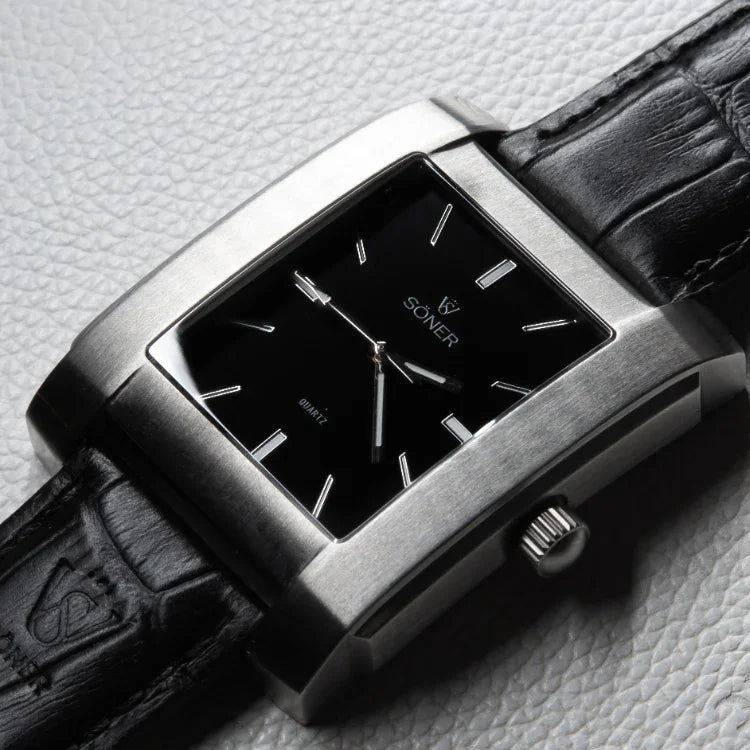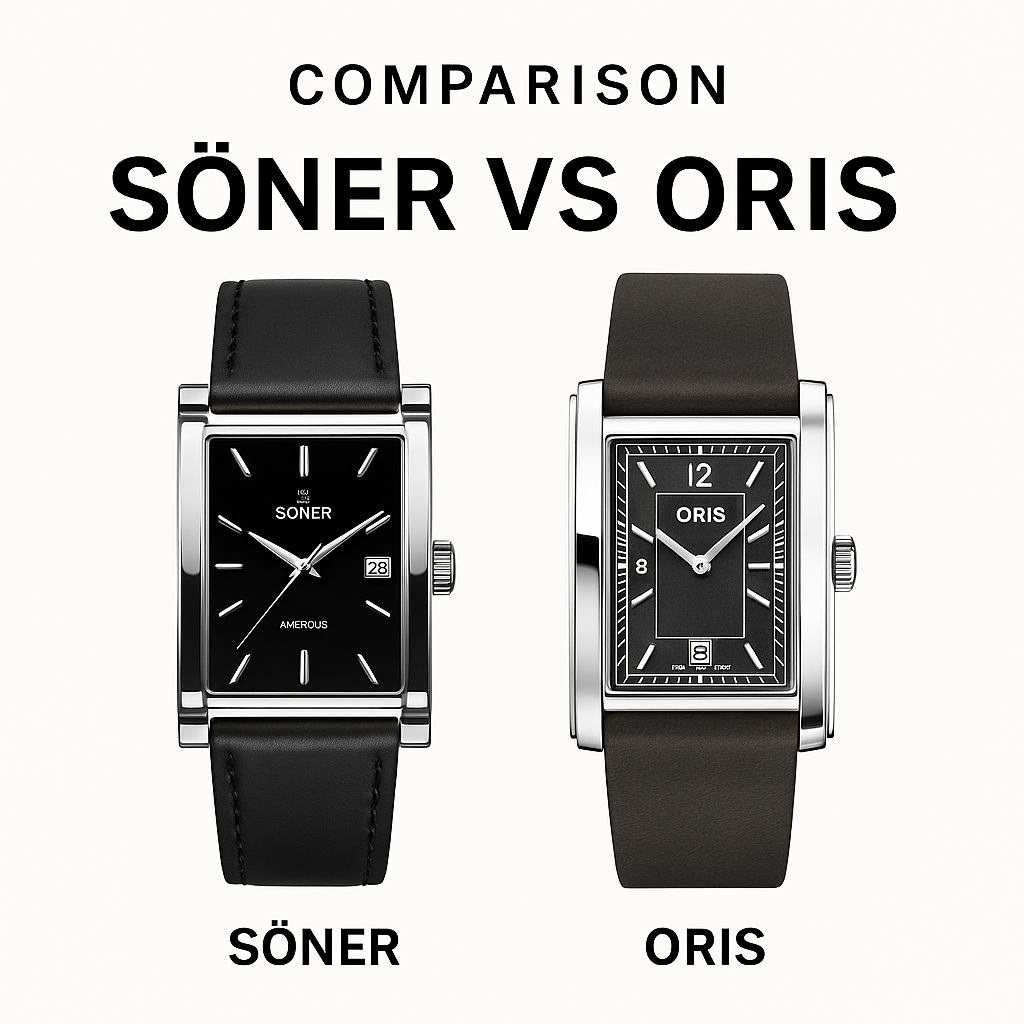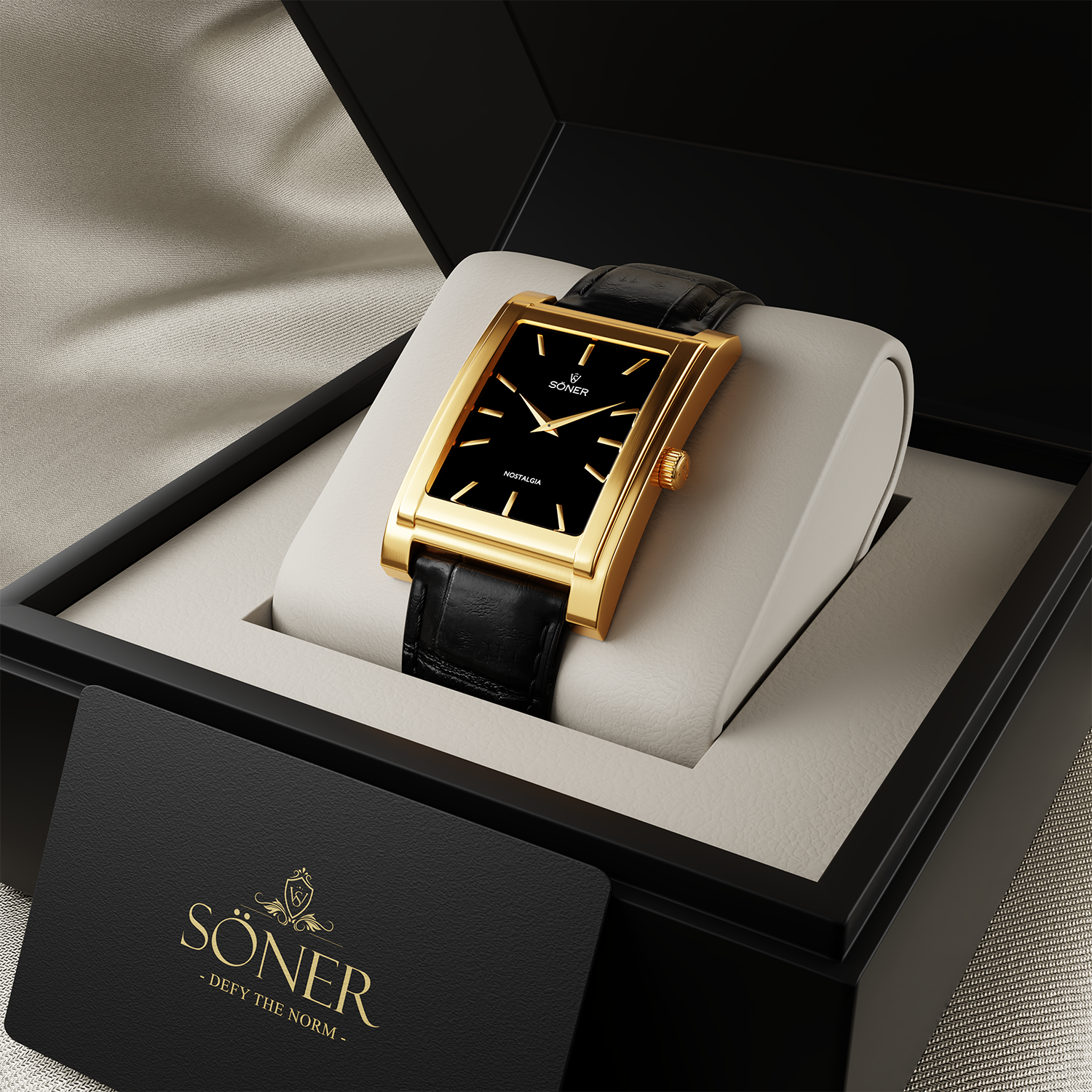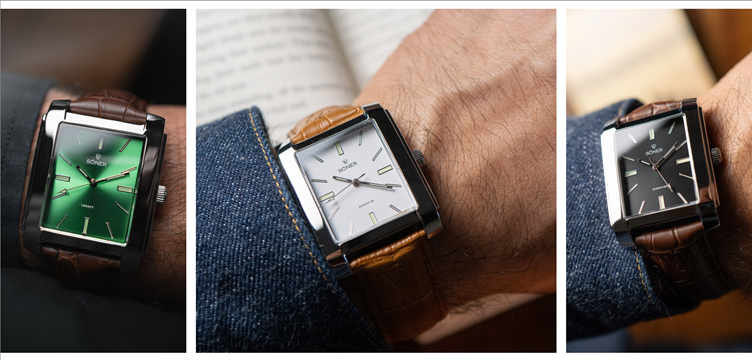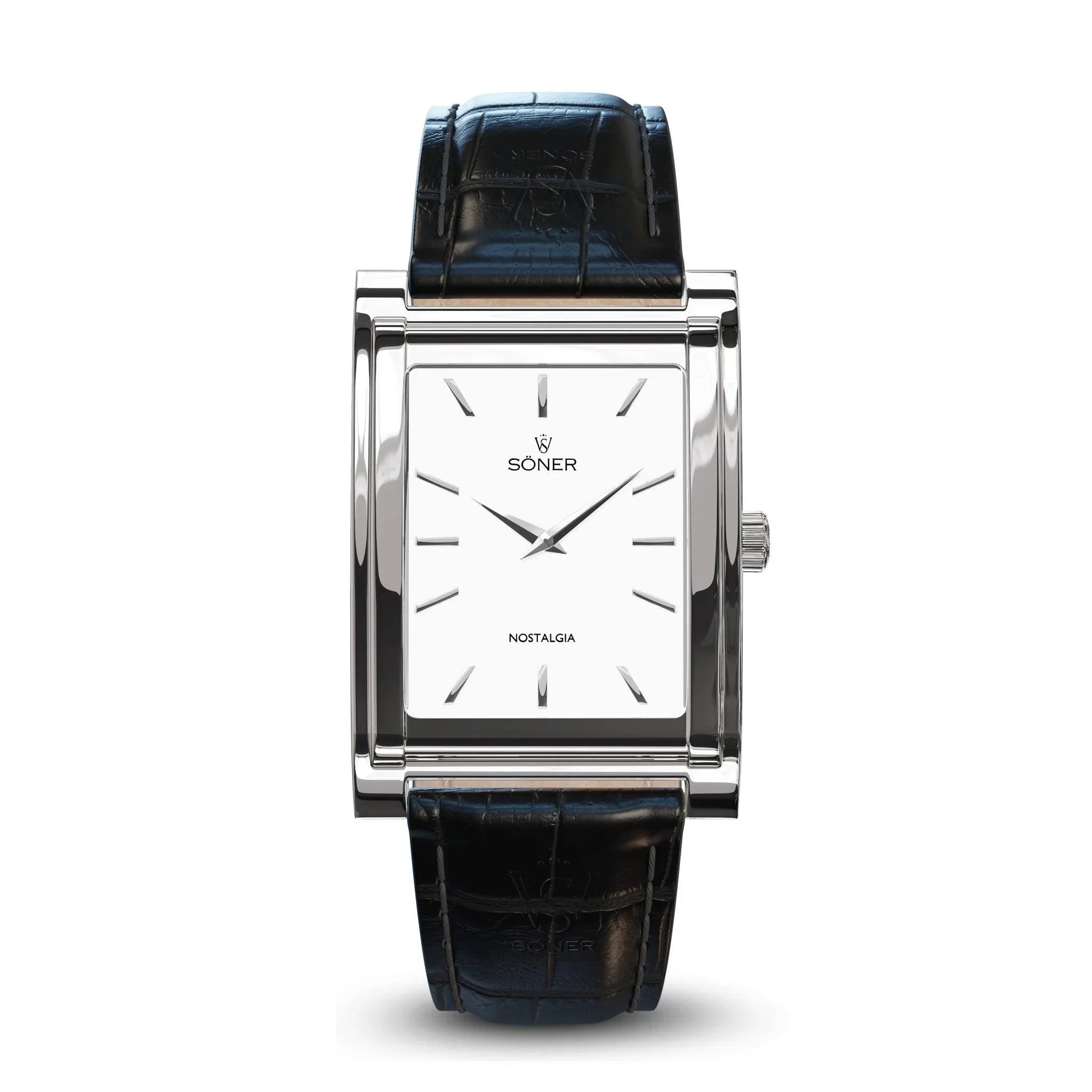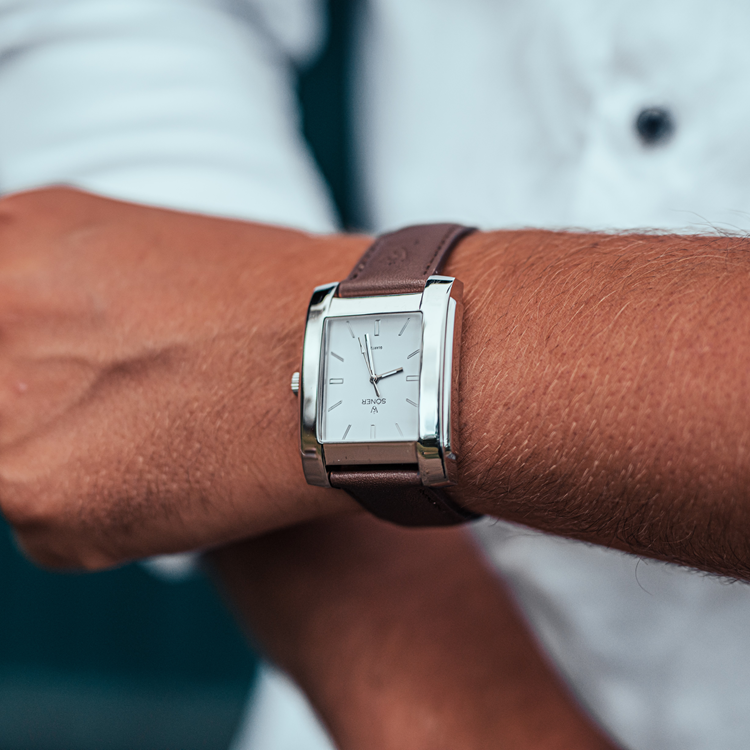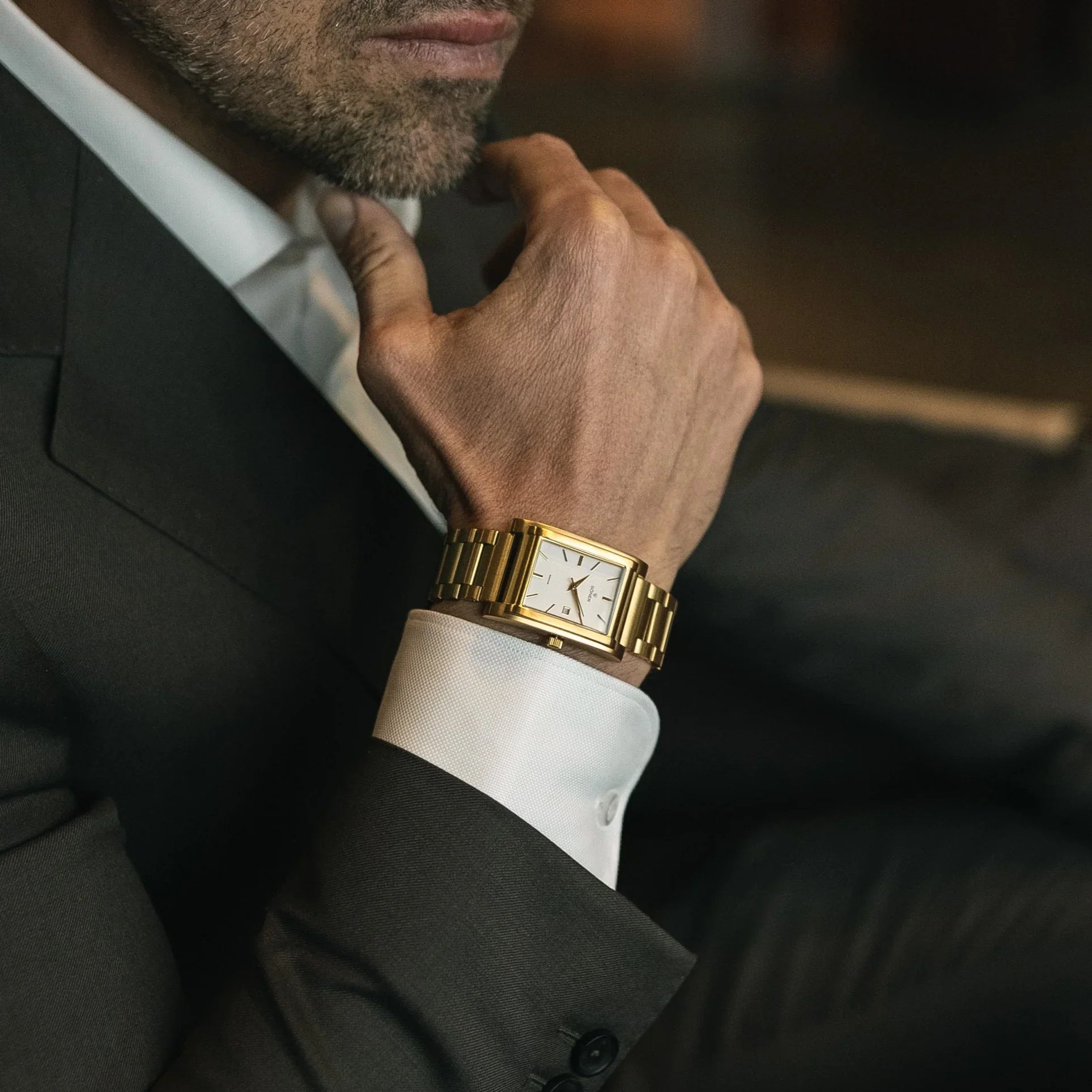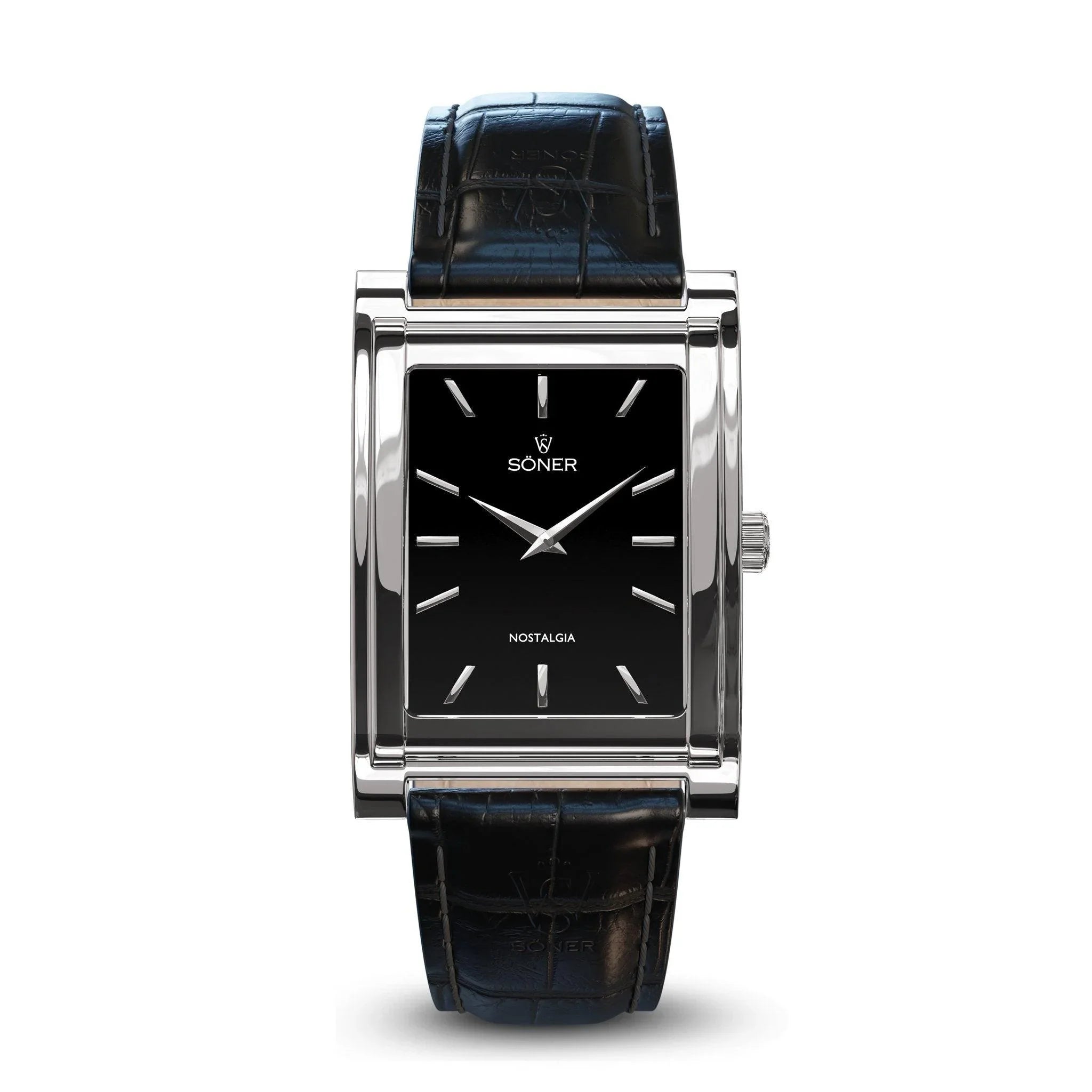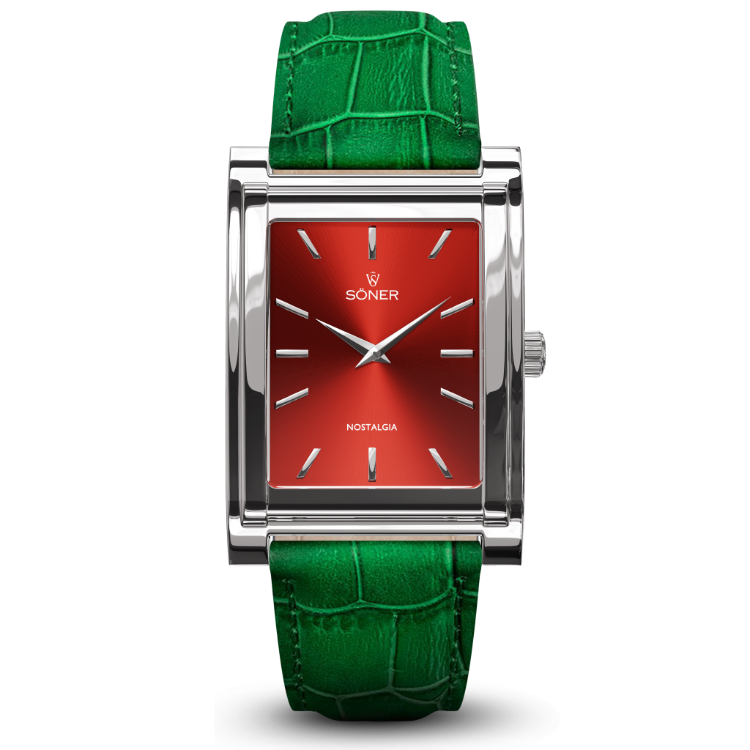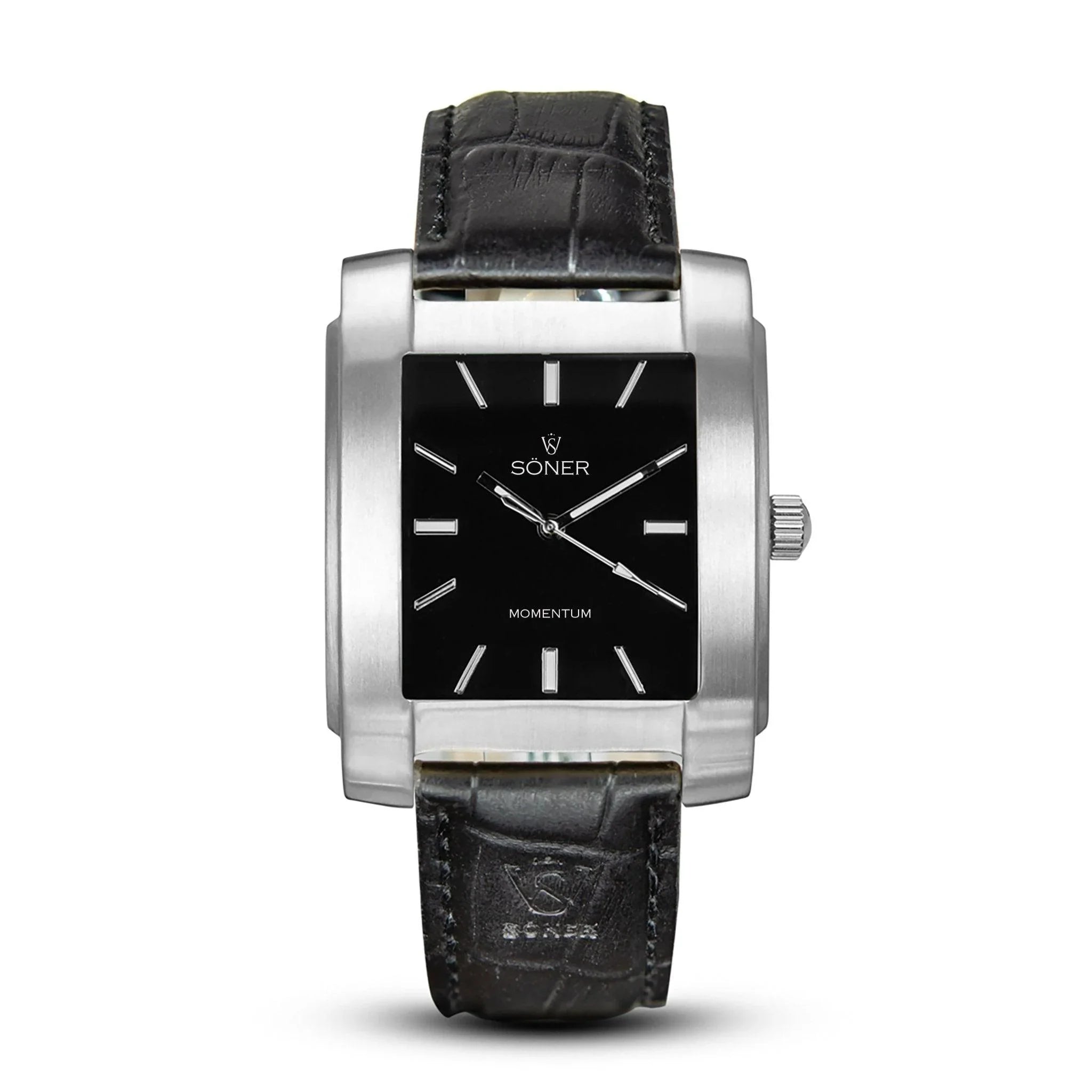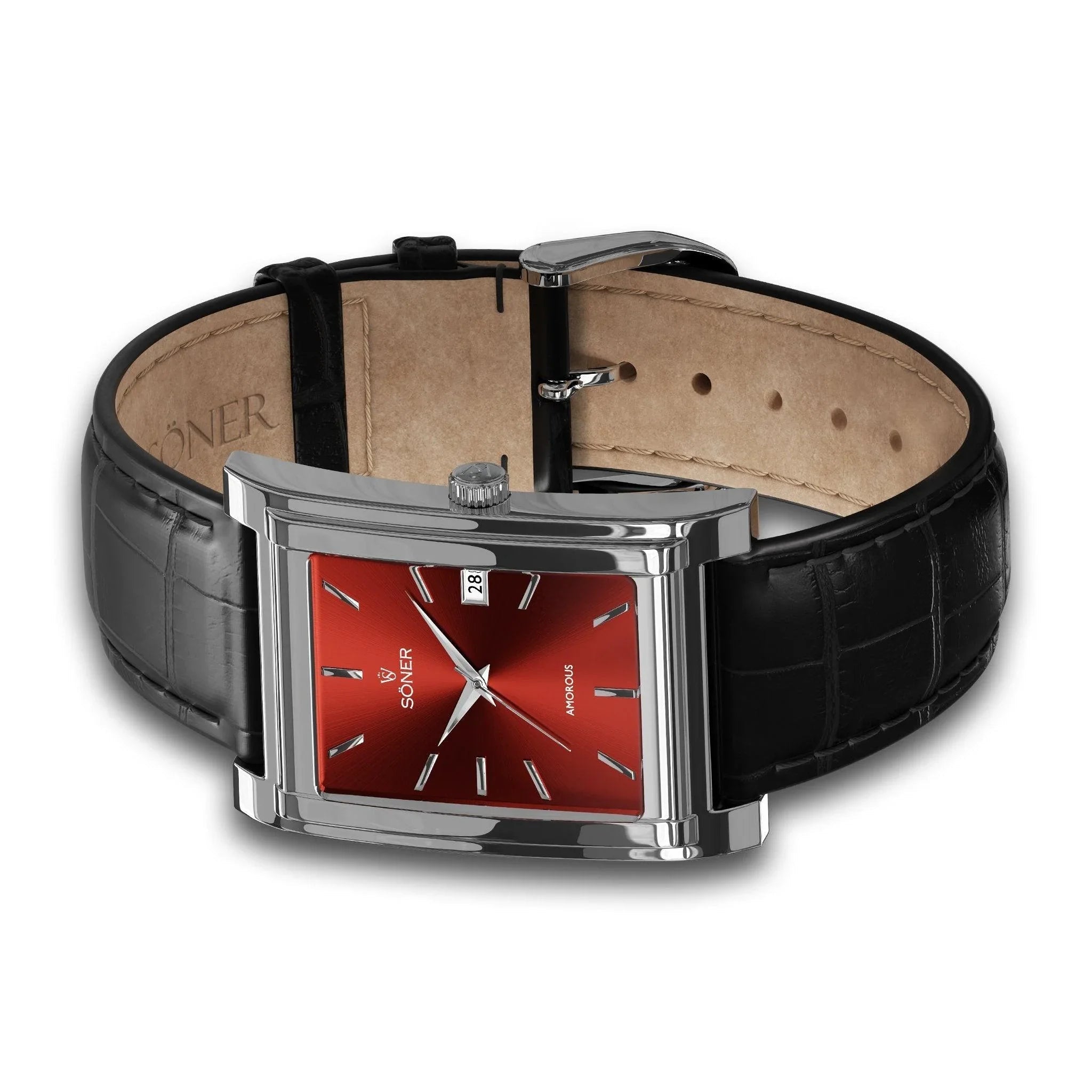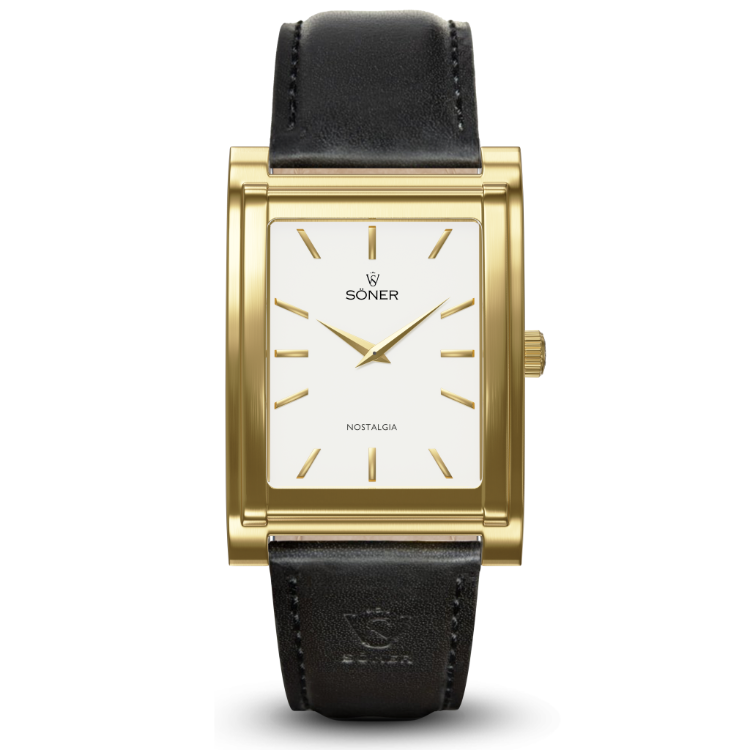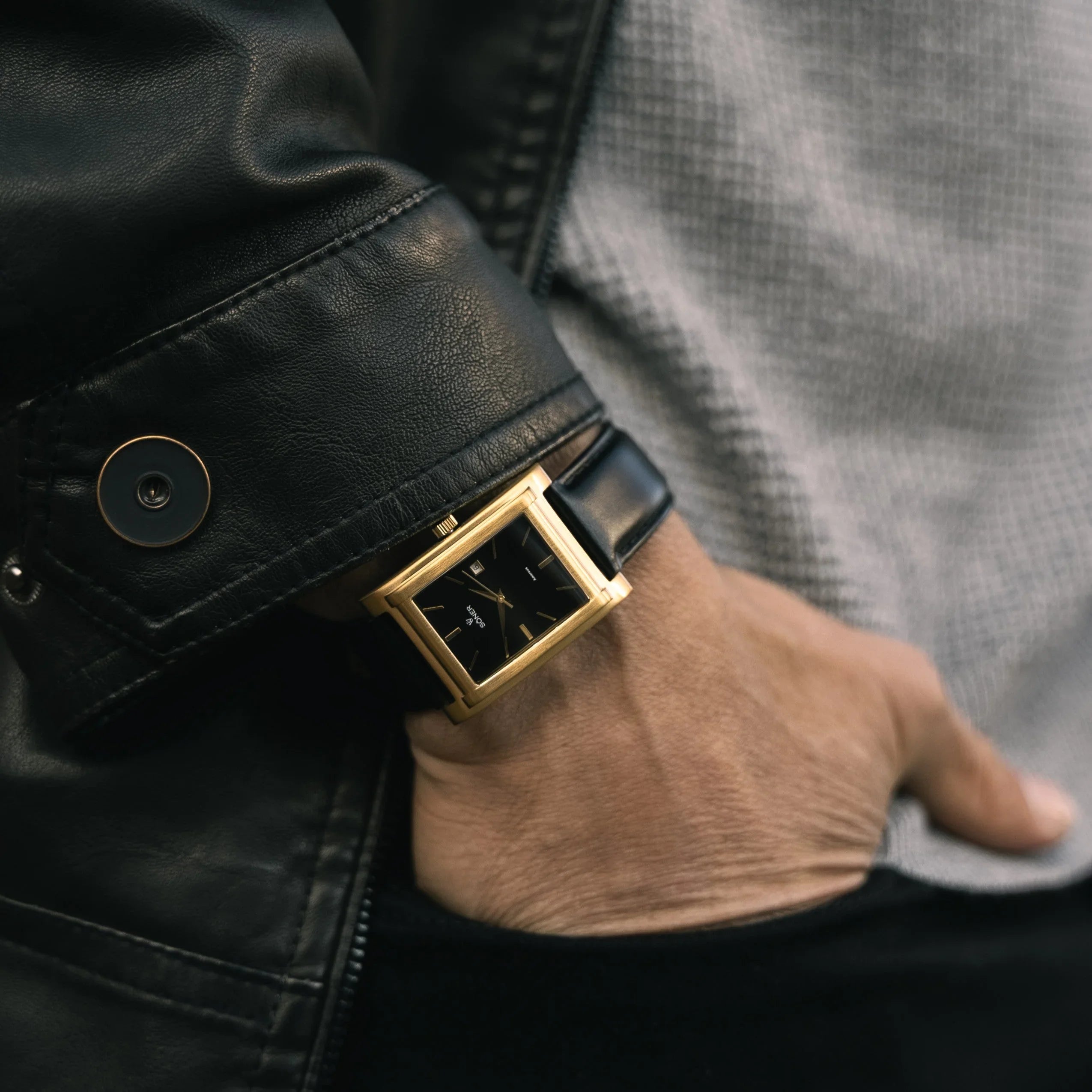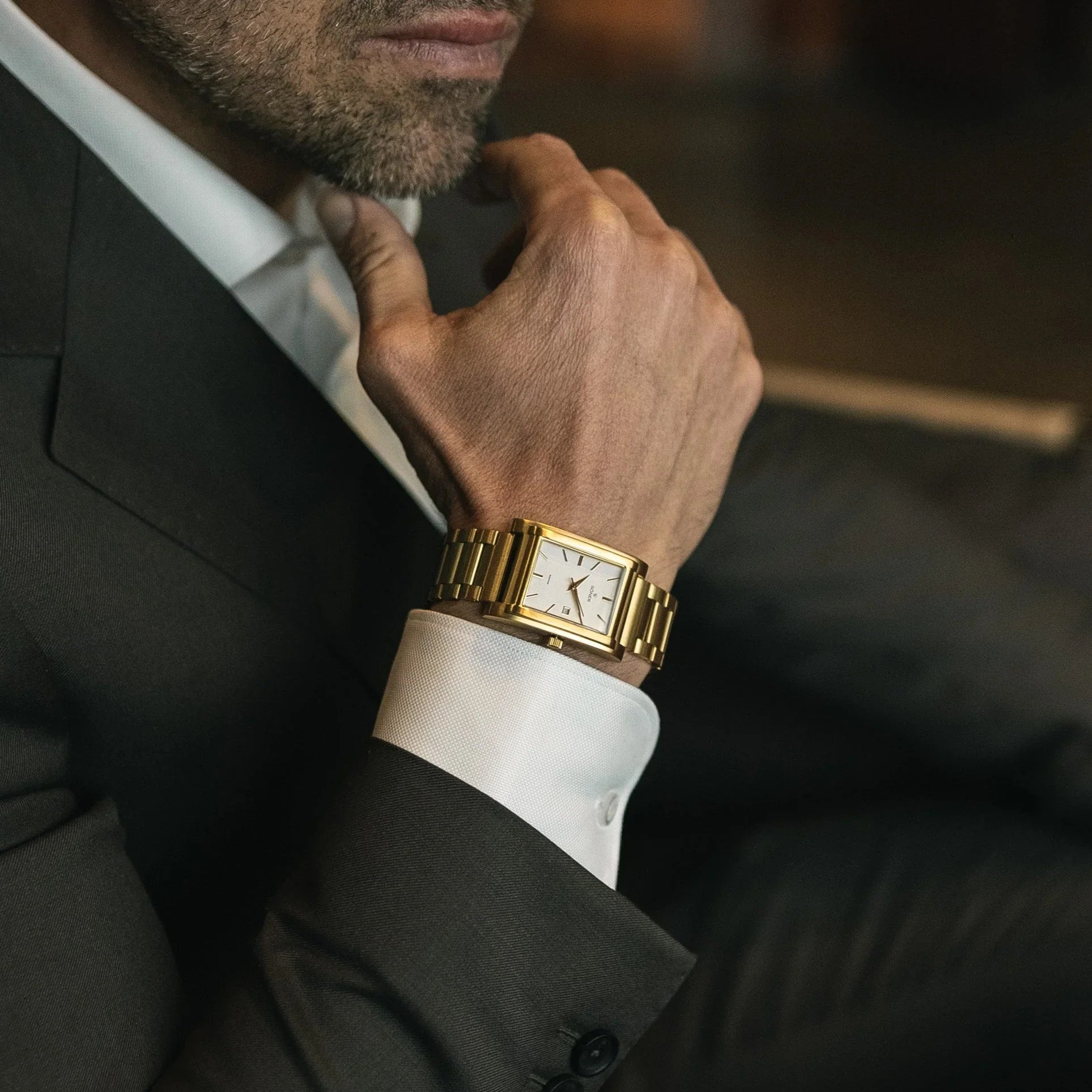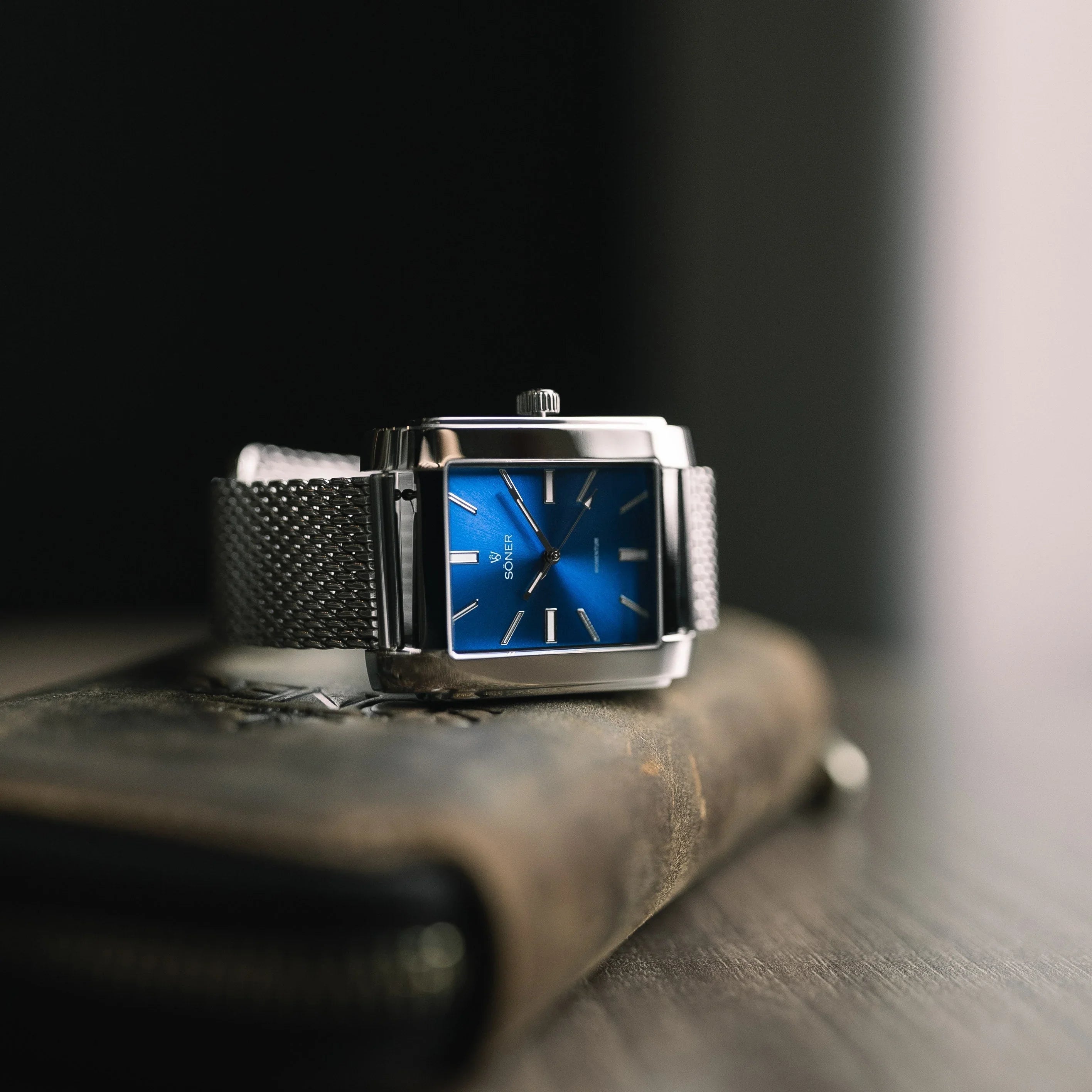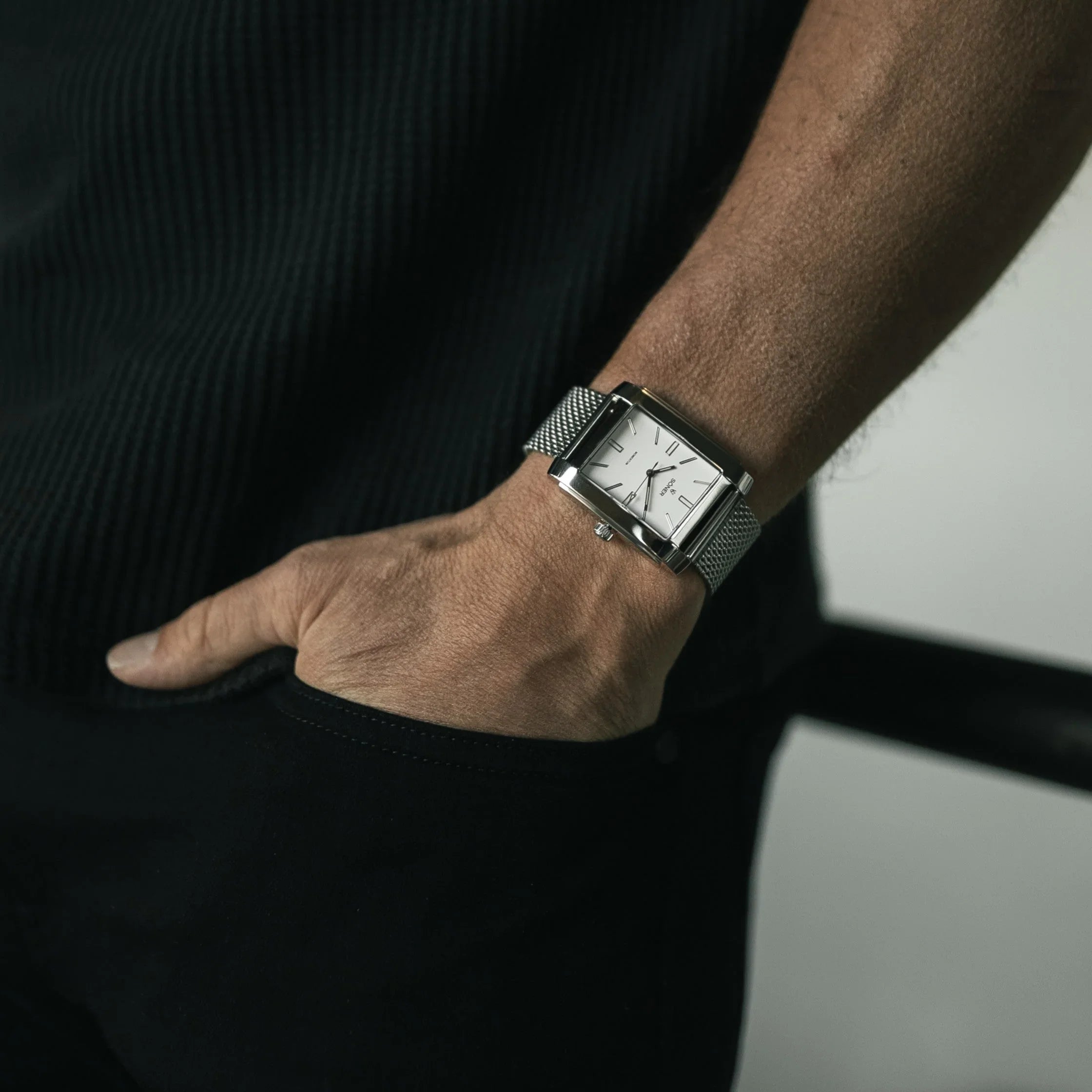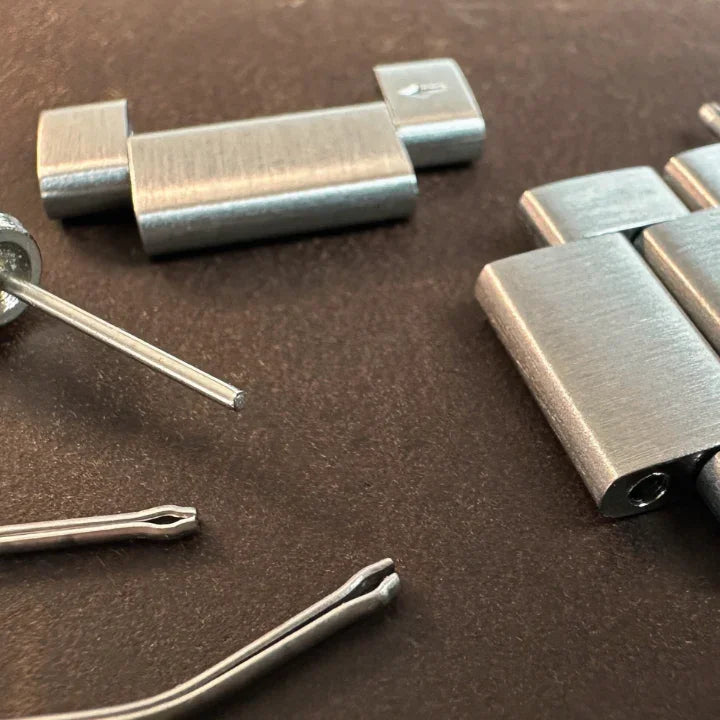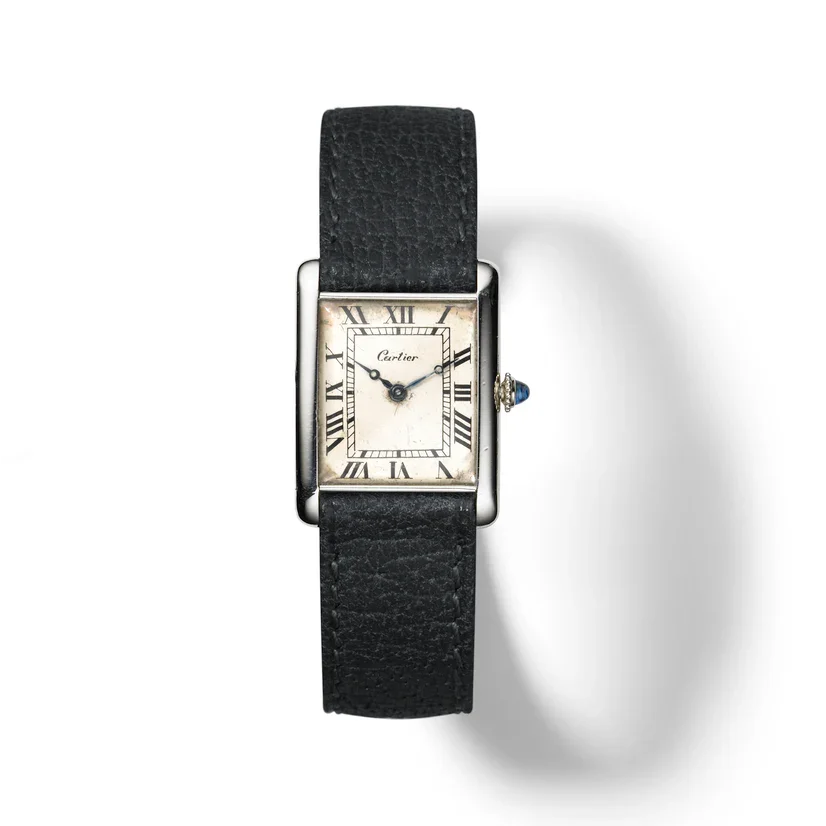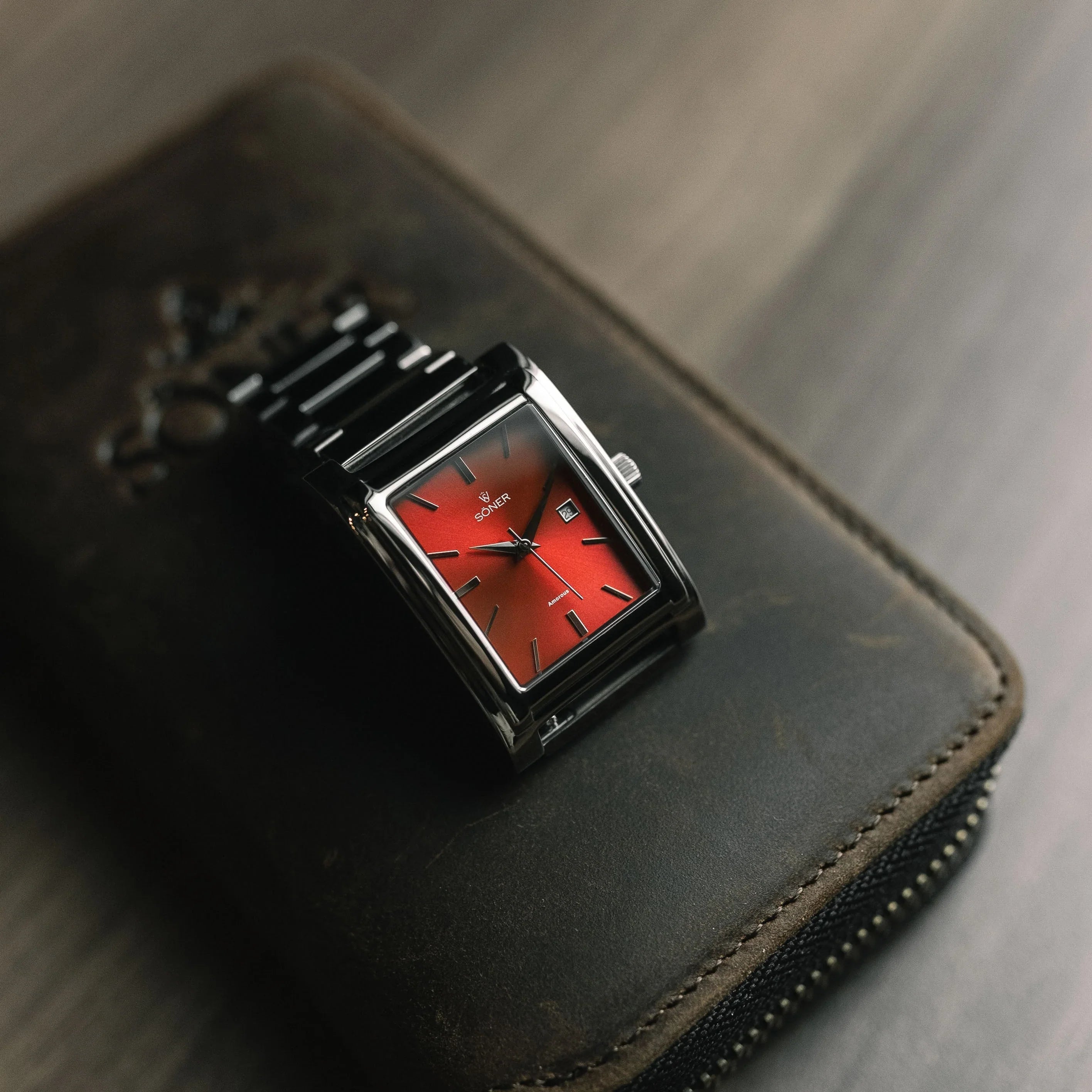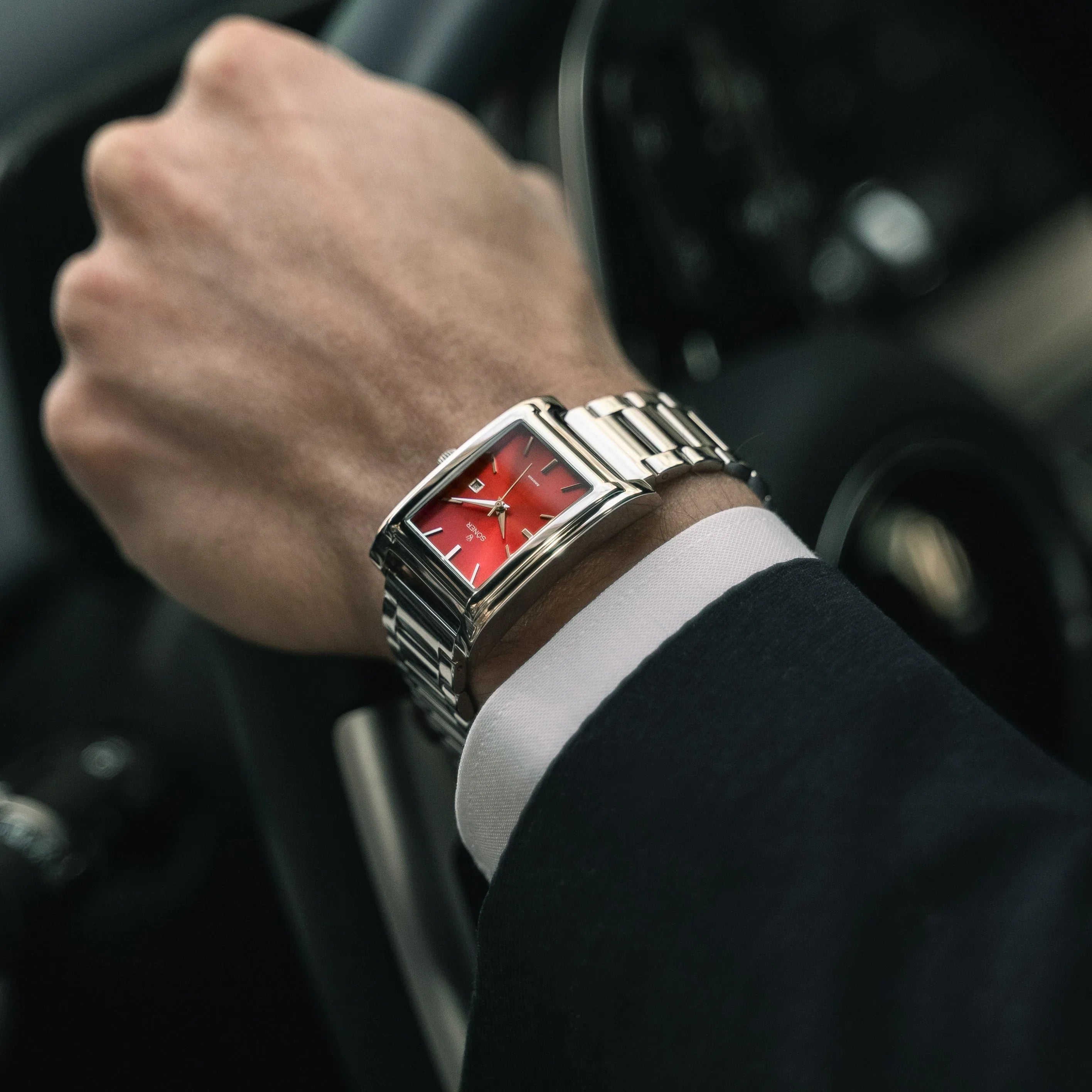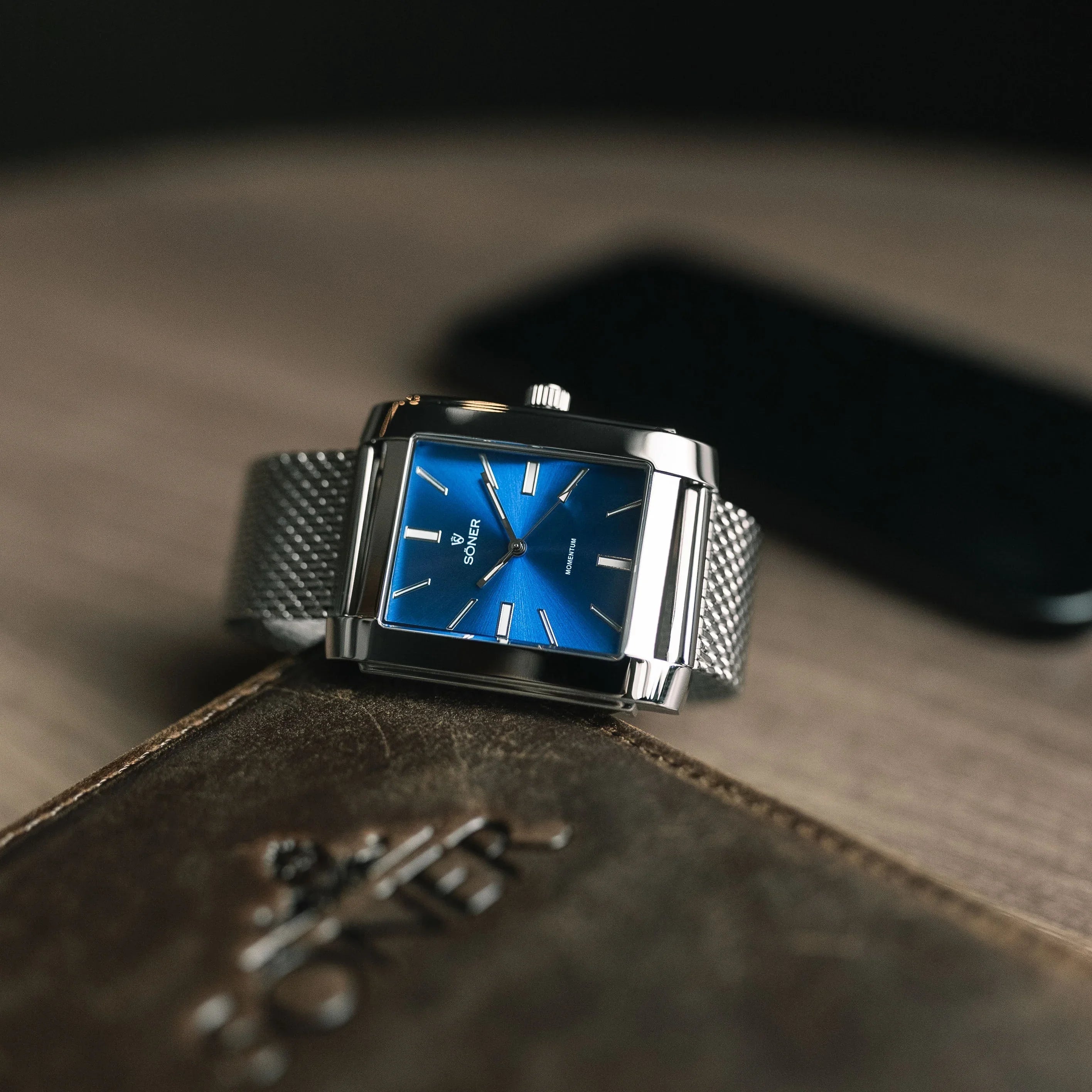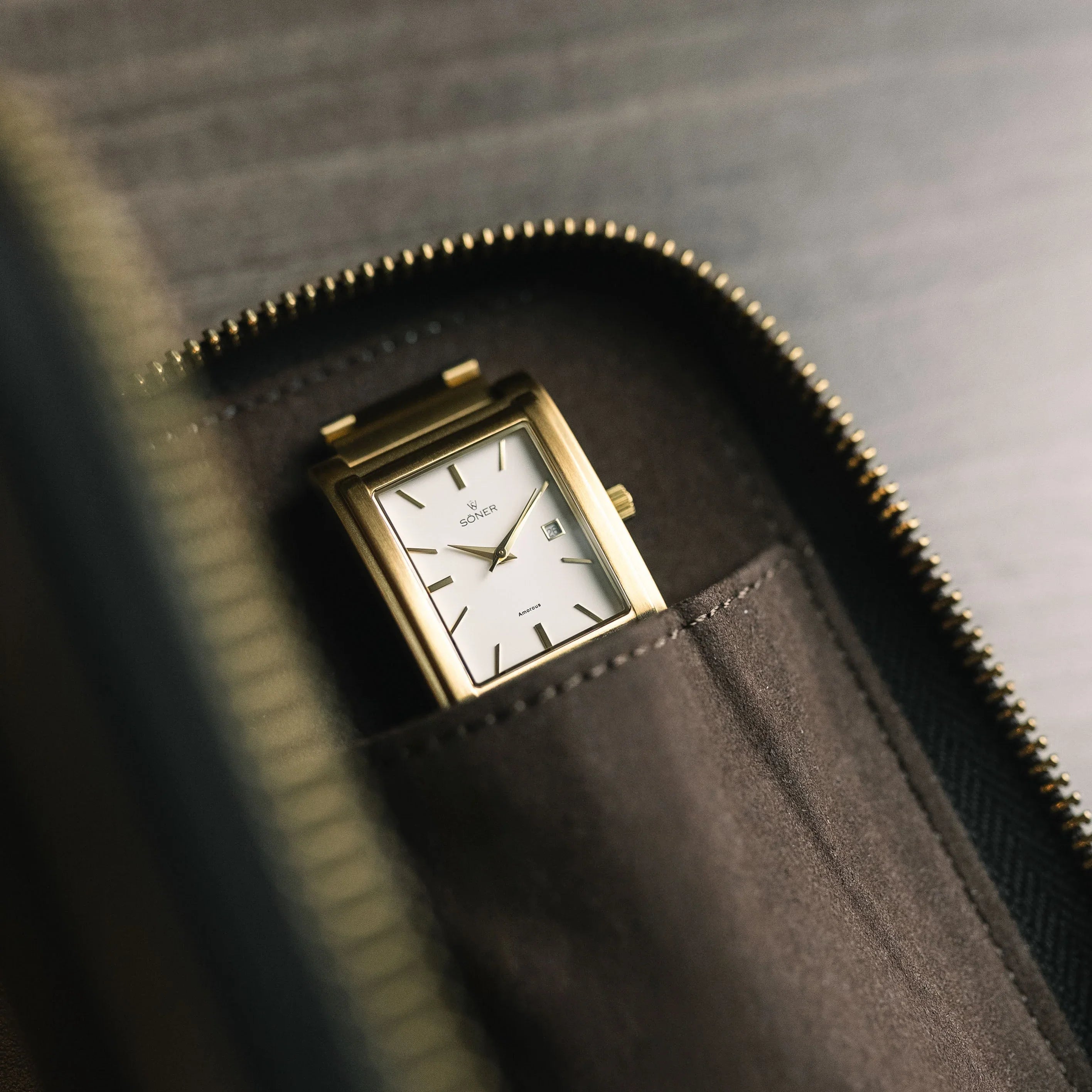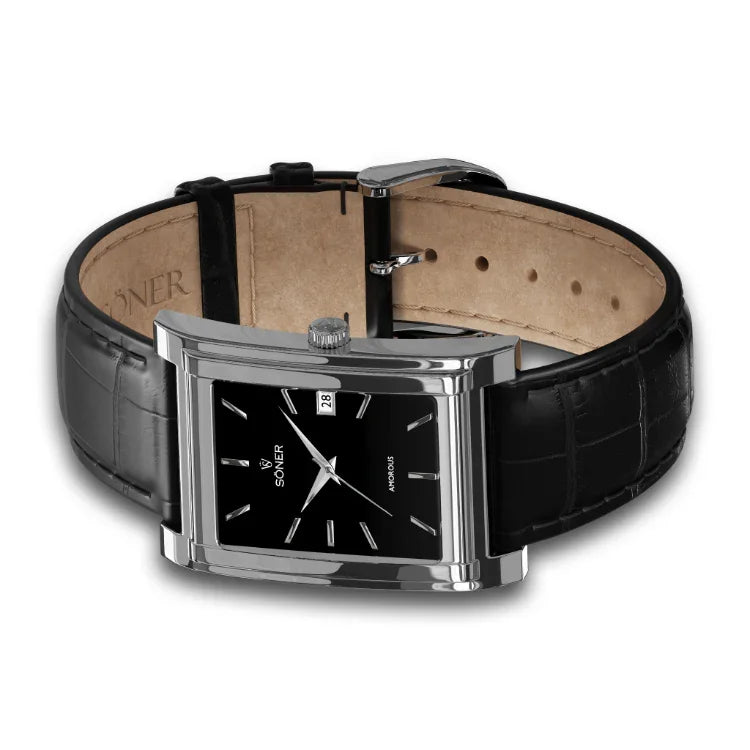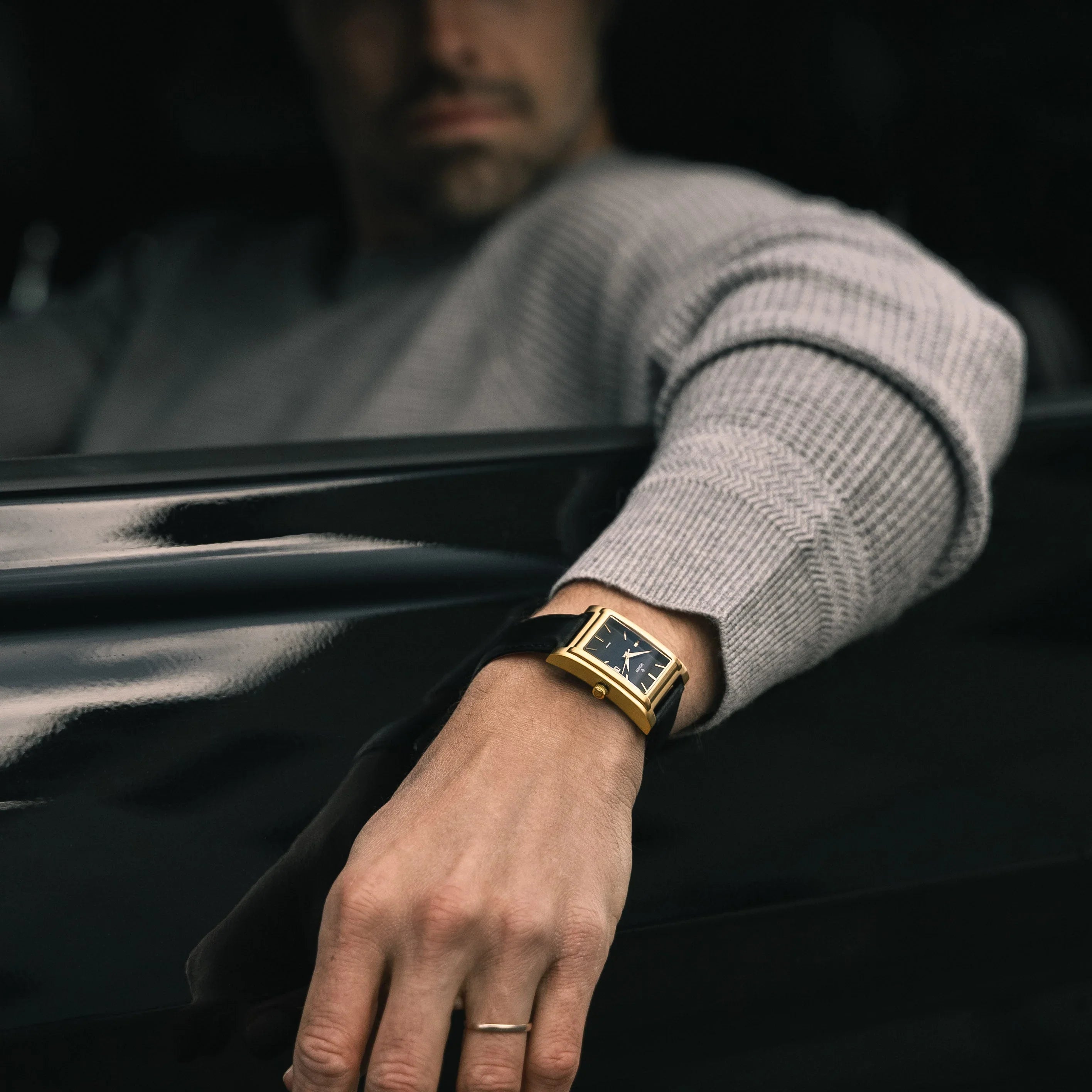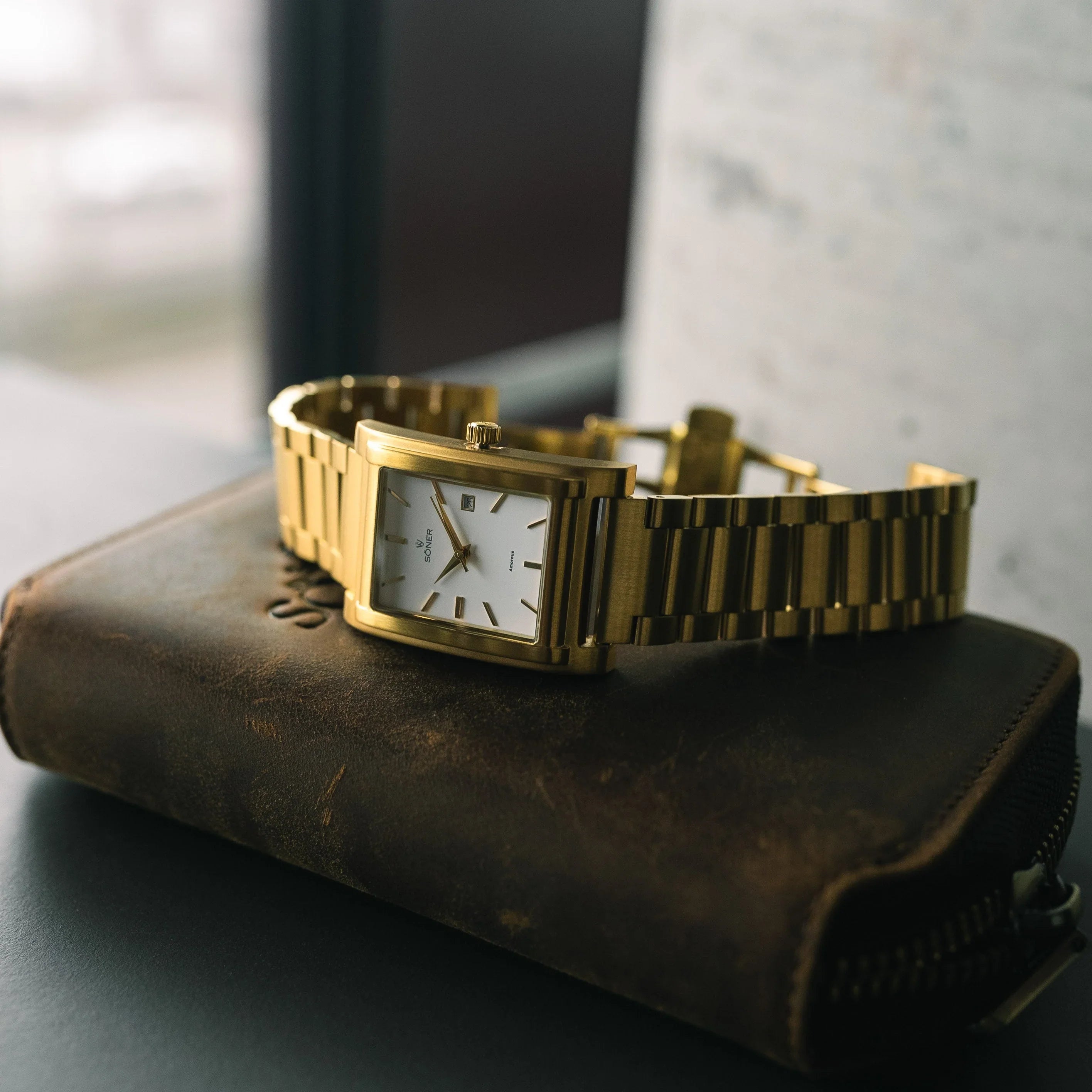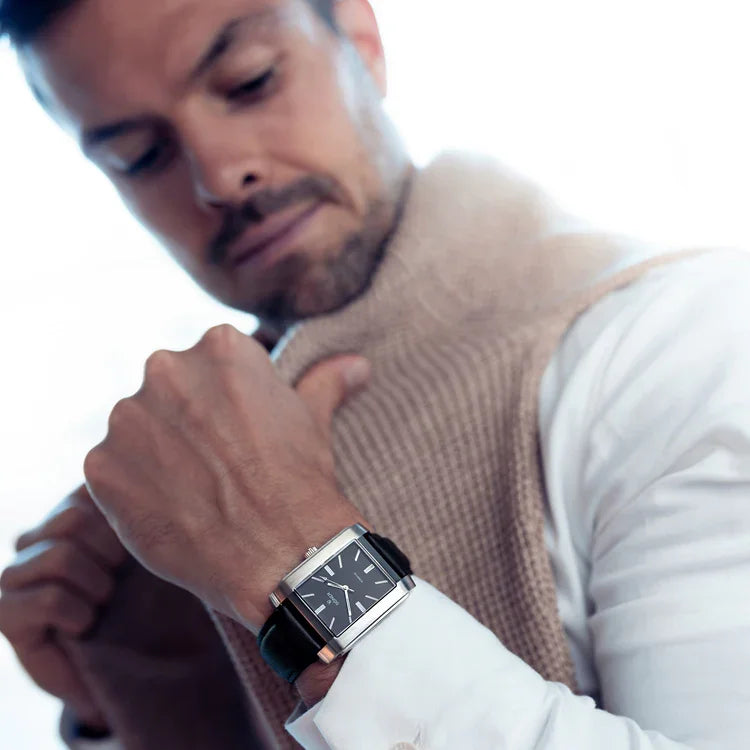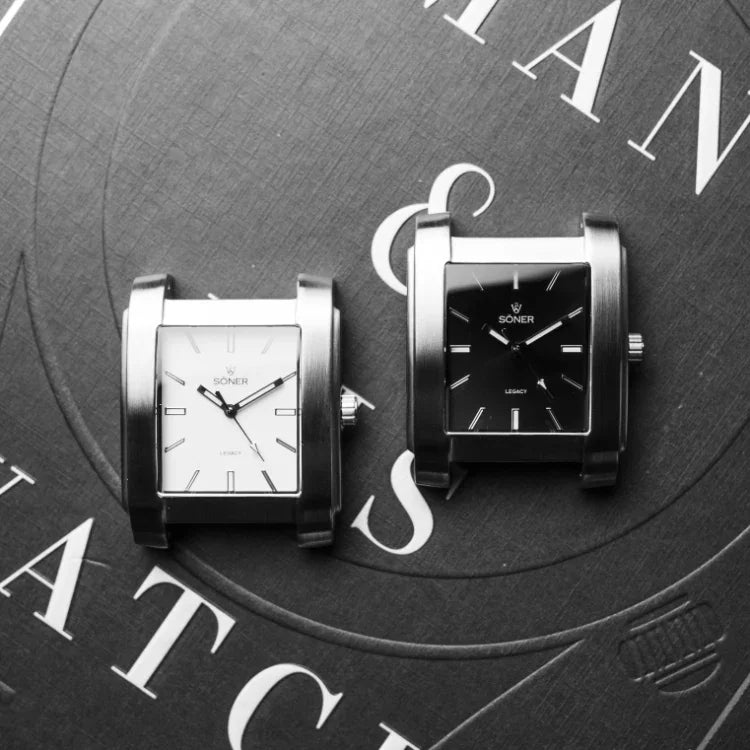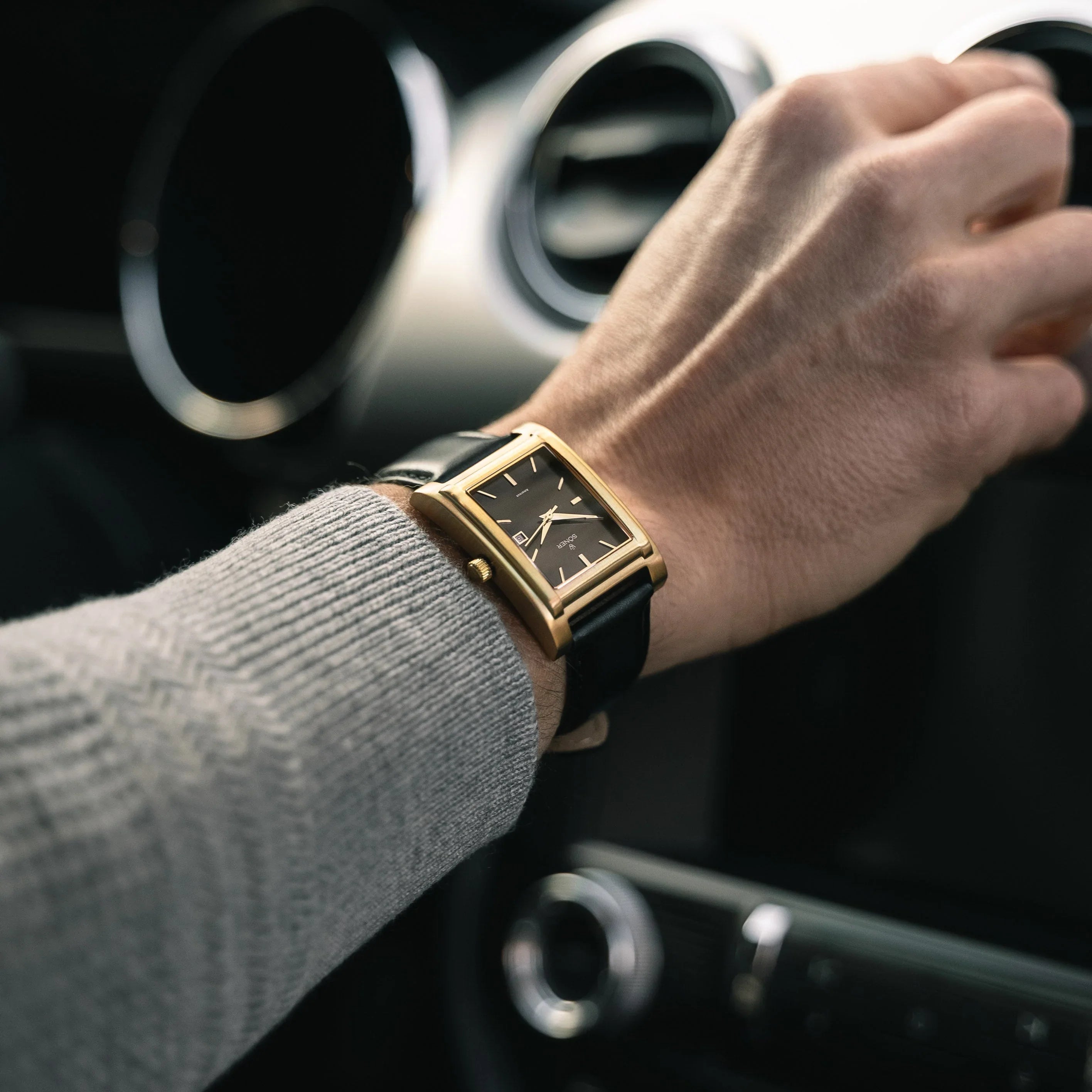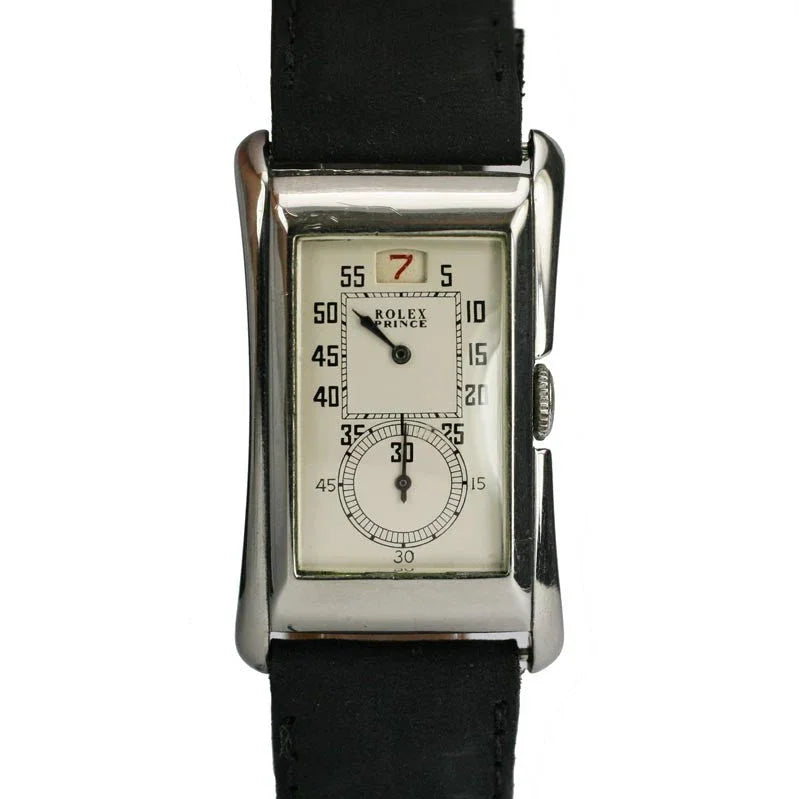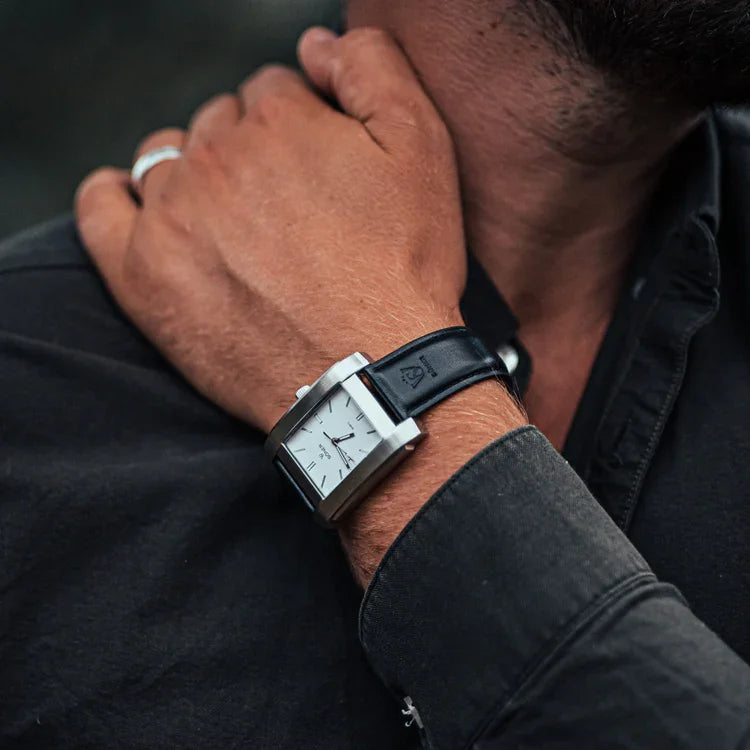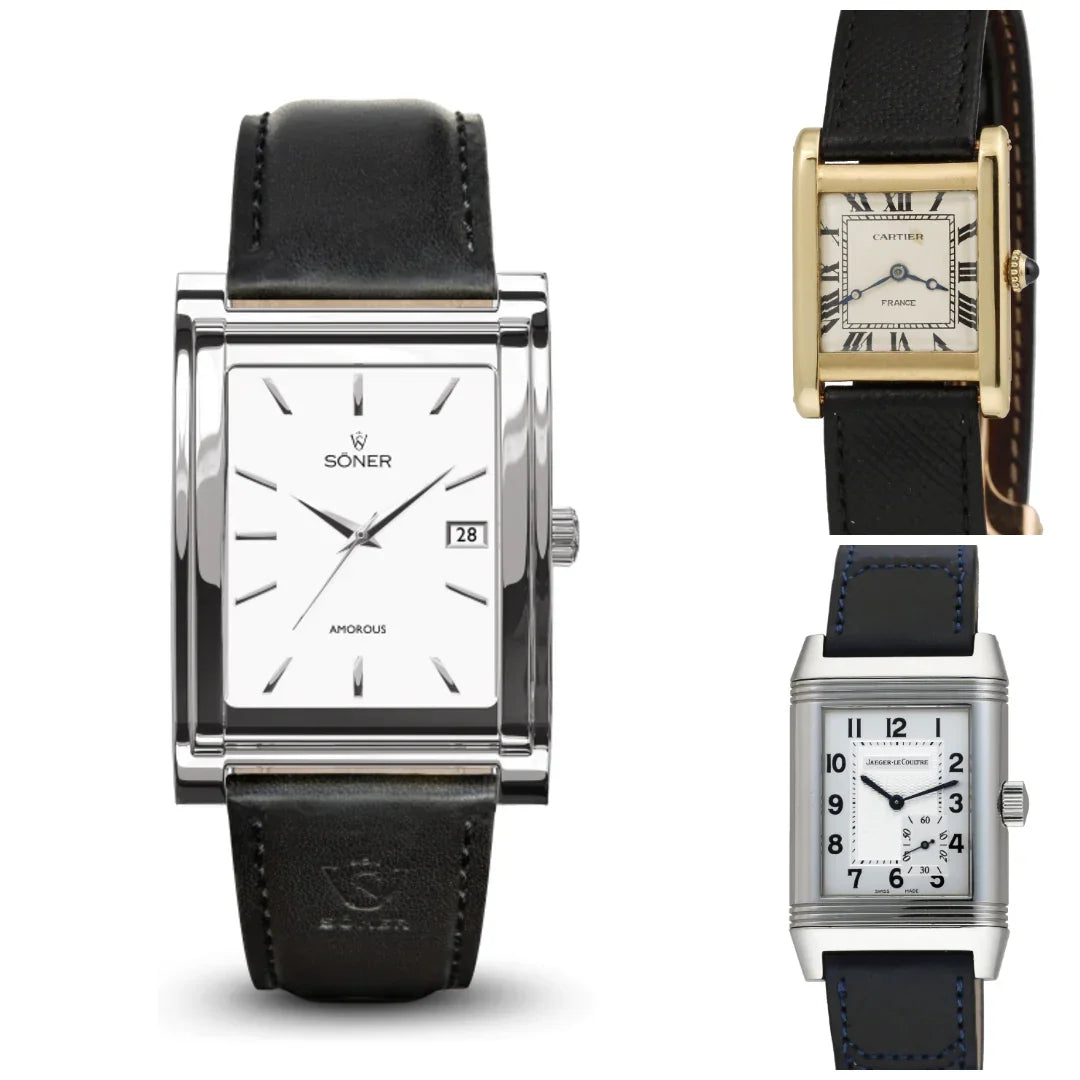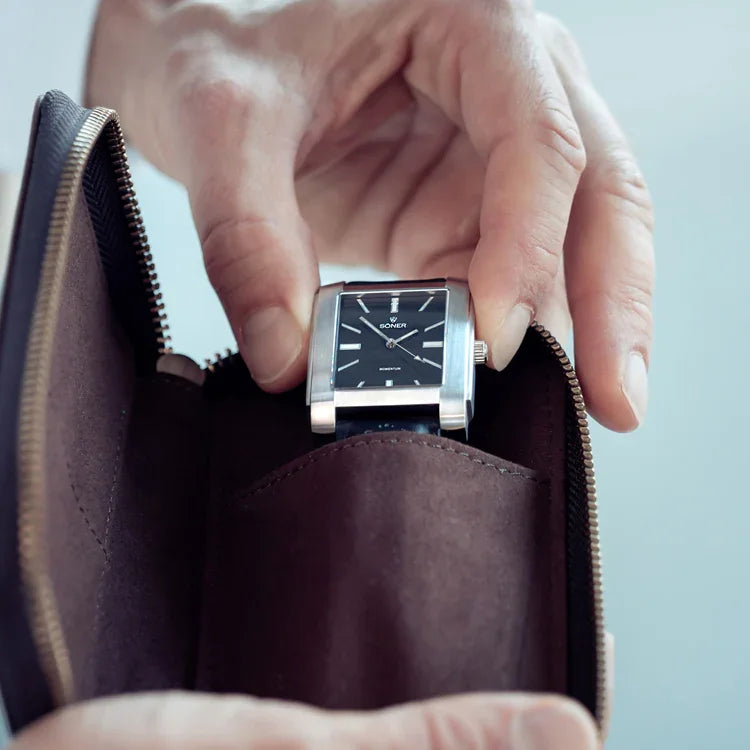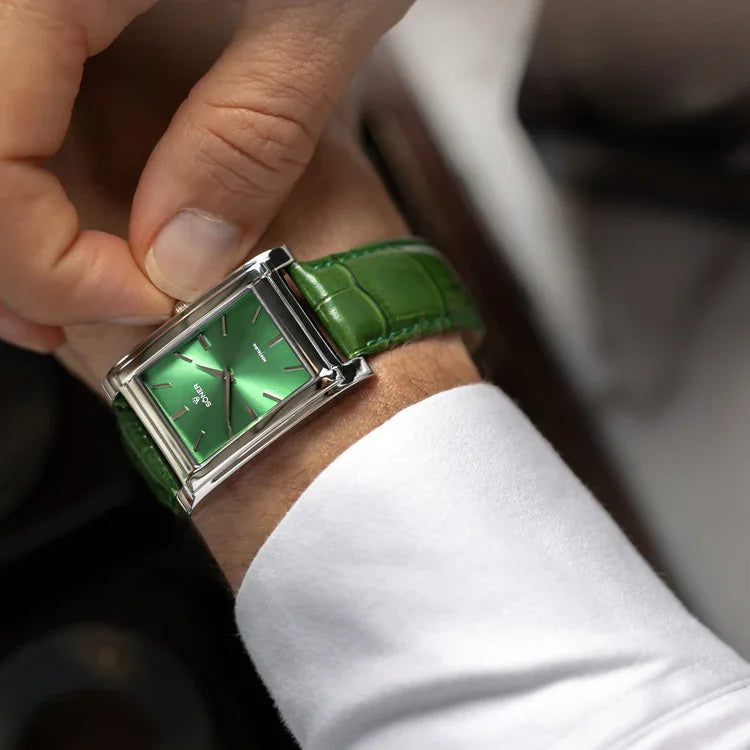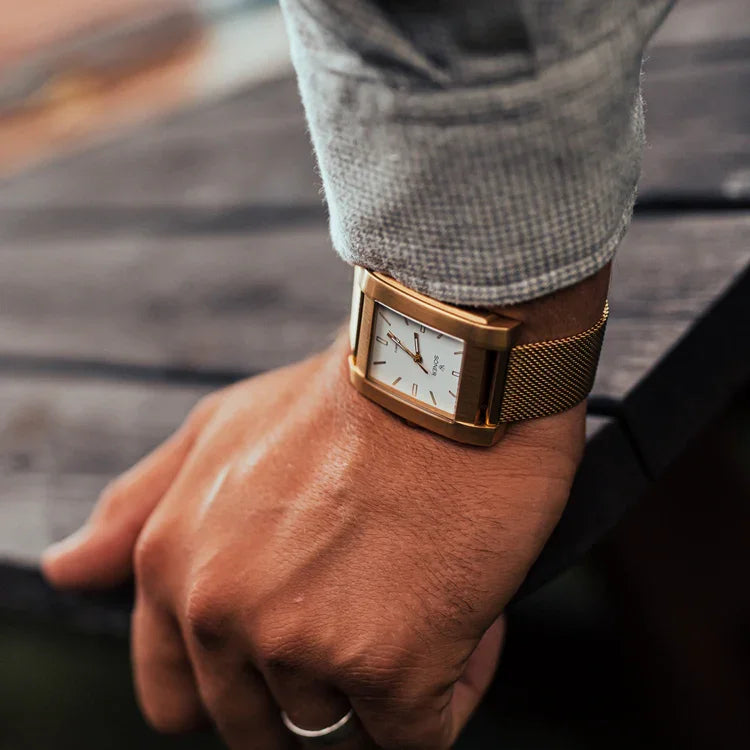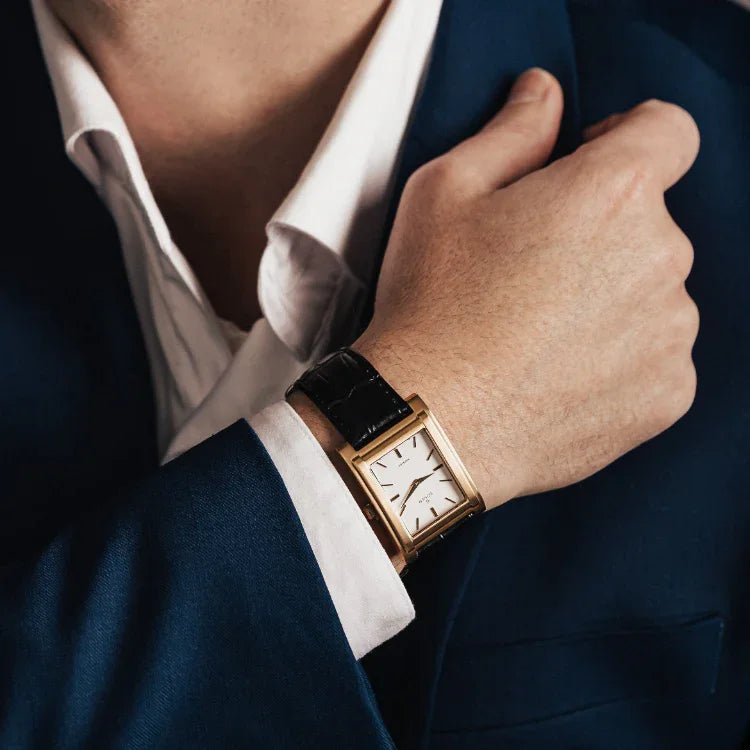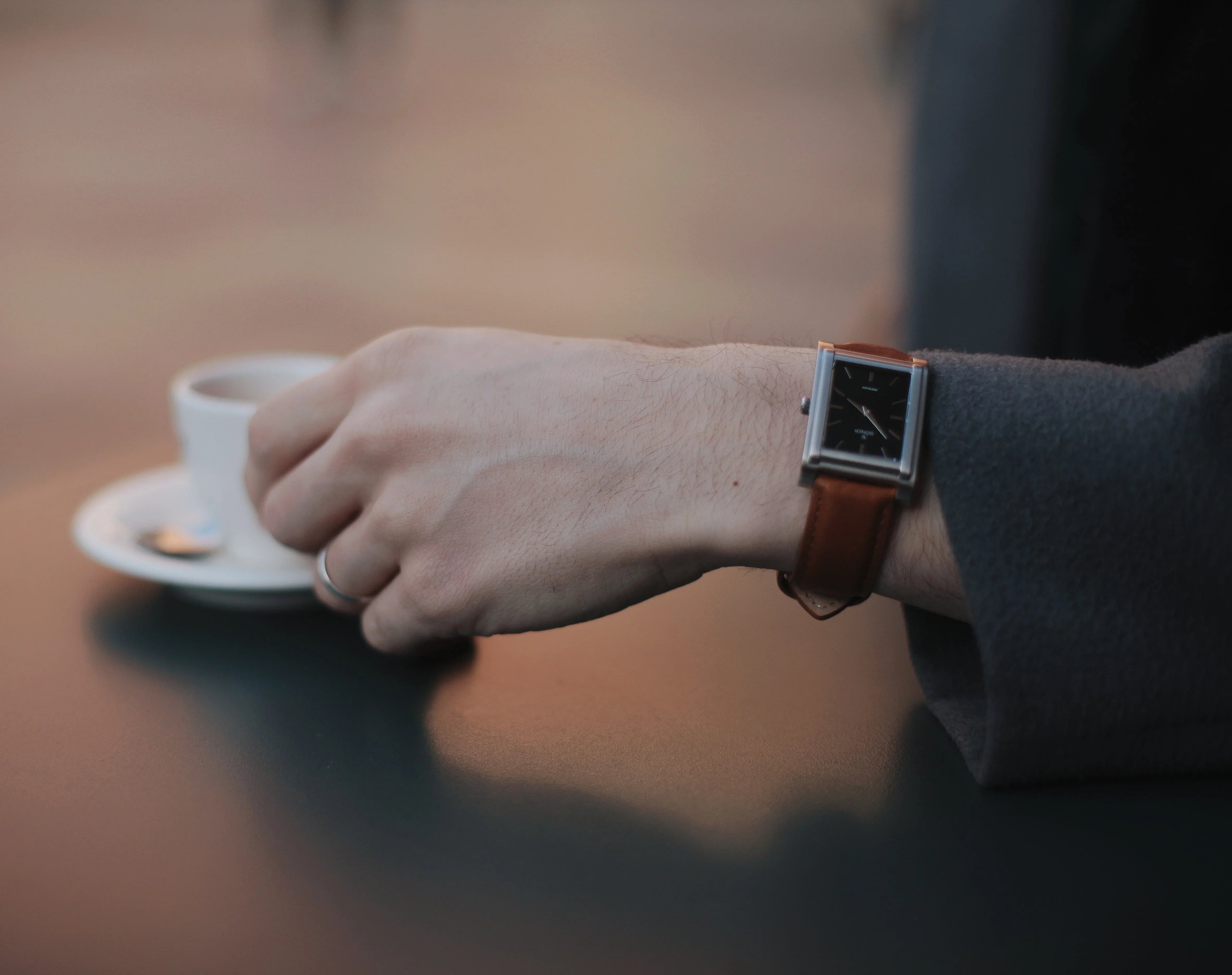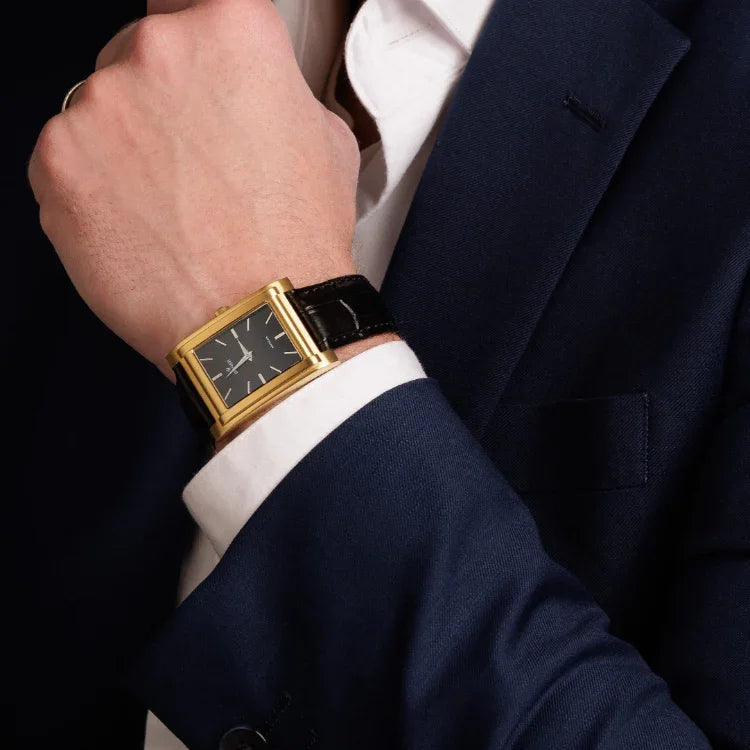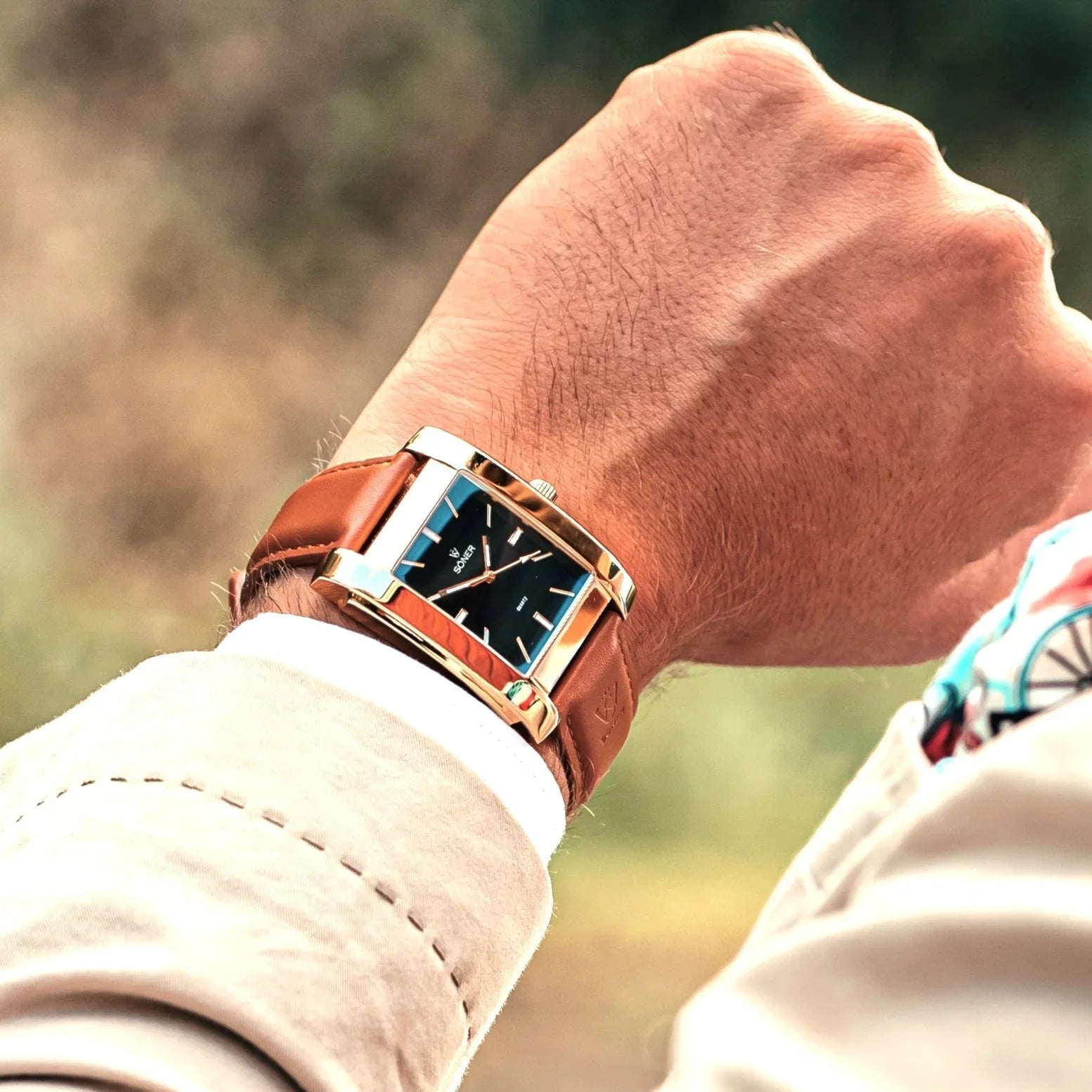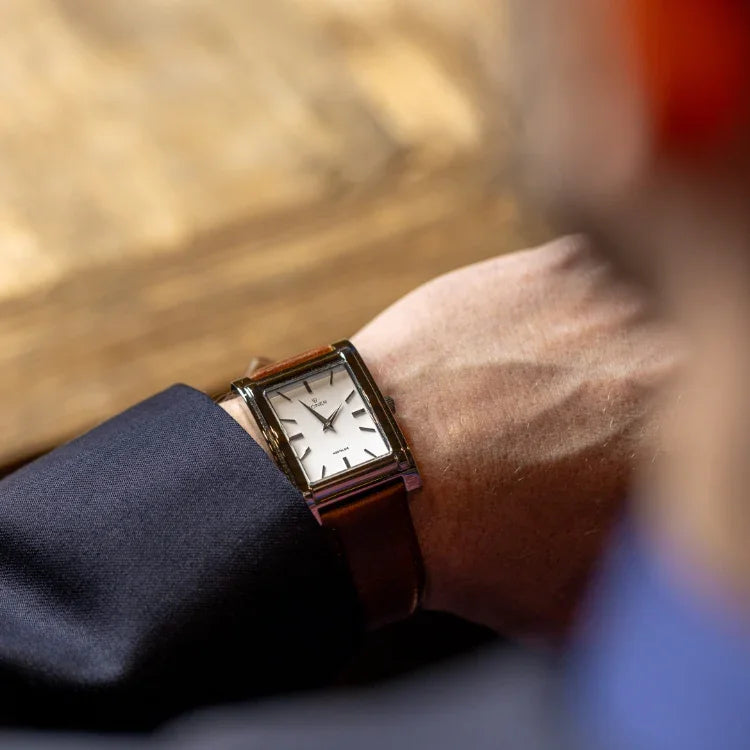Table of Contents
Wrist Watch Crystals Bezels
A wristwatch is as much a piece of engineering as it is a work of art, and two components that perfectly illustrate this duality are the crystal and bezel. These elements are essential for protecting the watch’s internal mechanisms and ensuring usability while also contributing significantly to its design and functionality. In this article, we’ll explore the various types of crystals and bezels, their materials, and their practical and aesthetic importance.
Watch Crystals: Protecting the Dial
The crystal is the transparent cover that shields the watch dial from external elements like dust, water, and impact. It plays a crucial role in preserving the watch’s aesthetics and ensuring visibility.
Types of Watch Crystals
-
Acrylic Crystal
- Features: A lightweight and affordable material commonly found in vintage or entry-level watches.
- Advantages: Easily polished to remove minor scratches; shatter-resistant, making it suitable for sports watches.
- Drawbacks: Prone to scratches and less durable than other materials.
-
Mineral Glass
- Features: A mid-tier option made from hardened glass.
- Advantages: More scratch-resistant than acrylic; offers better clarity and durability.
- Drawbacks: Can shatter or chip under heavy impact.
-
Sapphire Crystal
- Features: A premium material often used in luxury watches. Made from synthetic sapphire, it’s one of the hardest substances available.
- Advantages: Extremely scratch-resistant, second only to diamond; high clarity, especially with anti-reflective coatings.
- Drawbacks: Higher cost and slightly more prone to shattering under severe impact.
Coatings and Treatments
- Anti-Reflective Coating: Reduces glare, improving readability under bright light. Often applied to the underside of the sapphire crystal for enhanced durability.
- UV Protection: Prevents discoloration or fading of the dial caused by prolonged exposure to sunlight.

The Bezel: Combining Function and Design
The bezel is the ring surrounding the crystal, securing it to the case and often providing additional functionality. While its primary role is structural, the bezel also contributes to the watch’s aesthetics and usability.
Types of Bezels
- Fixed Bezels: Primarily decorative, often engraved with tachymeter scales or other markings. Adds a sleek, minimalist touch to dress watches.
-
Rotating Bezels:
- Dive Watches: Uni-directional bezels allow divers to track elapsed time underwater.
- GMT Watches: Displays additional time zones, making it indispensable for frequent travelers.
- Bidirectional Bezels: Found in some pilot or aviation watches, allowing easier adjustment.
- Slide Rule Bezels: Functions as a mechanical calculator, used in pilot watches for calculations like fuel consumption or speed. Combines practicality with vintage appeal.
- Decorative Bezels: Often adorned with diamonds, gemstones, or intricate engravings, enhancing the watch’s luxury factor. Common in high-end dress watches or jewelry pieces.
Materials Used in Bezels
- Stainless Steel: Resistant to corrosion and wear, making it ideal for everyday watches. Can be brushed, polished, or a combination of both.
- Ceramic: Highly scratch-resistant and lightweight. Often seen in dive watches for its ability to withstand harsh environments. Available in a variety of colors for a modern, sleek look.
- Aluminum: Lightweight and cost-effective, with good resistance to wear. Less durable than ceramic or stainless steel.
- Precious Metals: Gold, platinum, or rose gold bezels add opulence to high-end timepieces. Prone to scratches, requiring careful handling.
Combining Crystals and Bezels for Performance
The interplay between the crystal and bezel enhances the watch’s durability and usability.
- Water Resistance: Screw-down bezels combined with sapphire crystals ensure tight seals for dive watches.
- Shock Resistance: Robust bezels provide added protection to the crystal during impacts.
- Design Harmony: A well-crafted bezel complements the crystal, ensuring a cohesive aesthetic.

Choosing the Right Crystal and Bezel
-
Based on Lifestyle:
- Daily Wear: Sapphire crystal with a stainless steel bezel for durability and scratch resistance.
- Outdoor Adventures: Mineral glass or sapphire crystal paired with a rotating ceramic or stainless steel bezel.
- Formal Occasions: Acrylic crystal with a decorative bezel for a classic, vintage appeal.
- Aesthetic Preferences: Choose bezels with engravings or gemstones to add character to your watch. Opt for crystals with anti-reflective coatings for a clearer view of the dial.
- Functional Needs: Dive or pilot watches should feature rotating bezels for added utility. Watches with tachymeters or compass bezels are ideal for specific professional or recreational uses.

